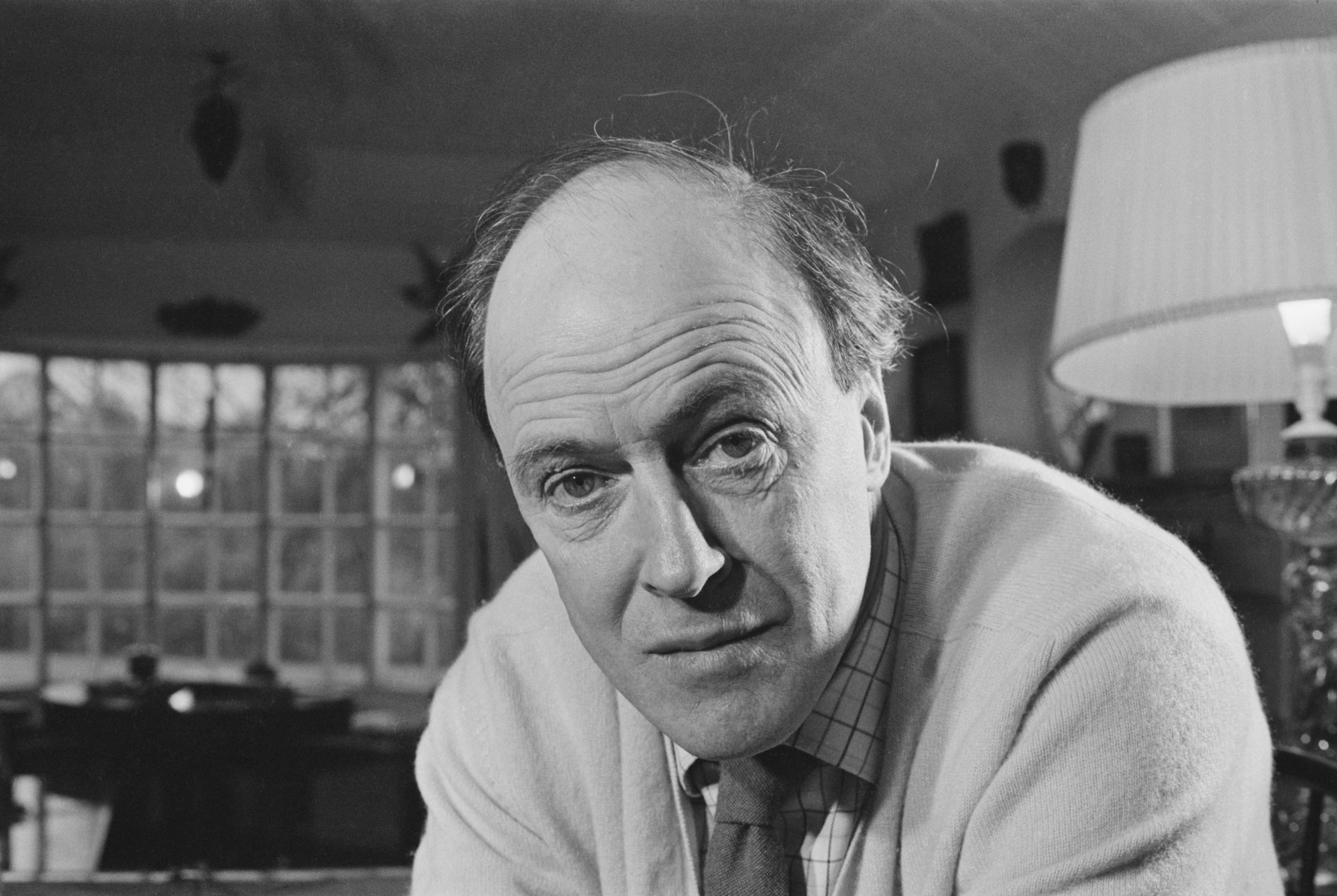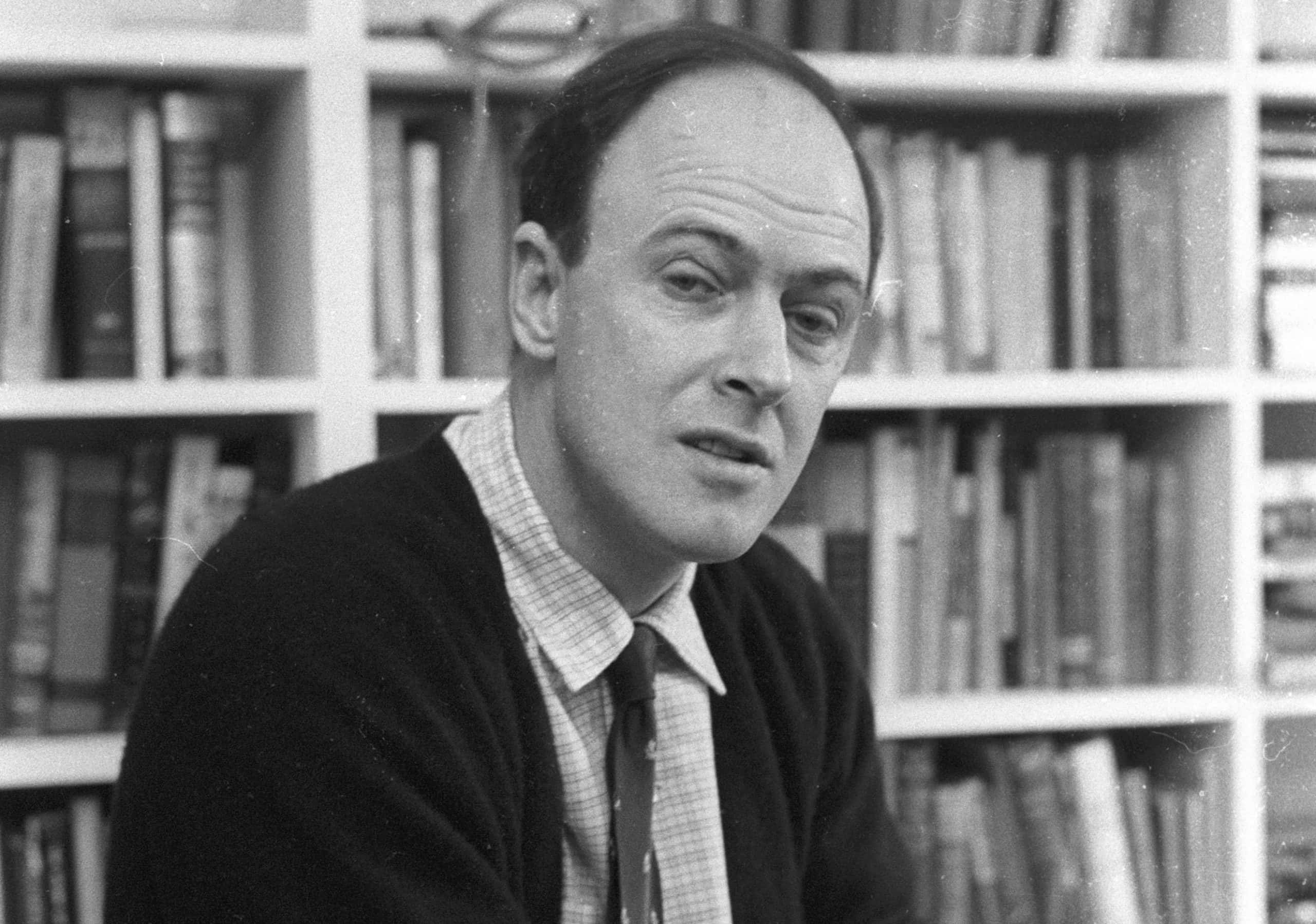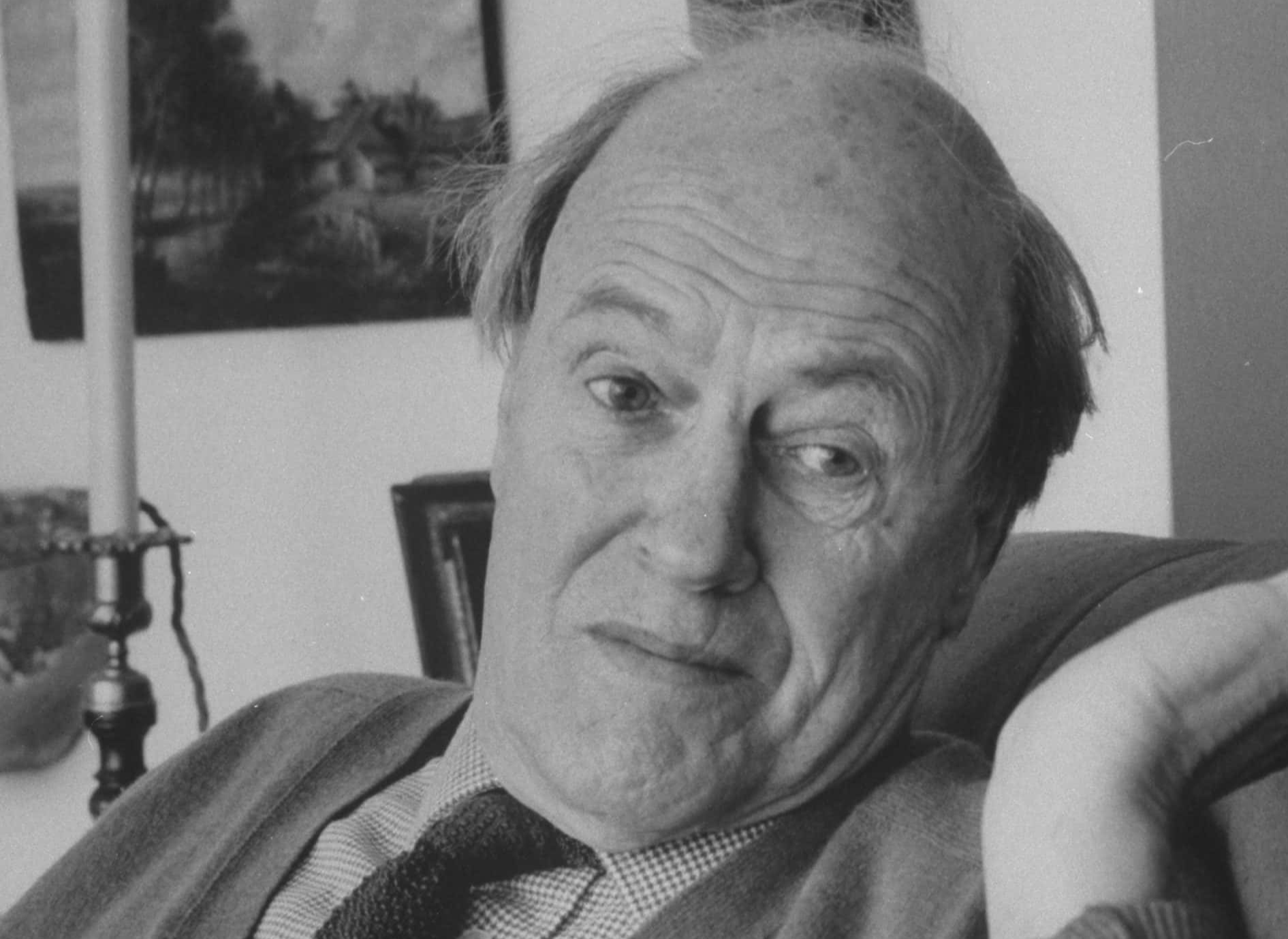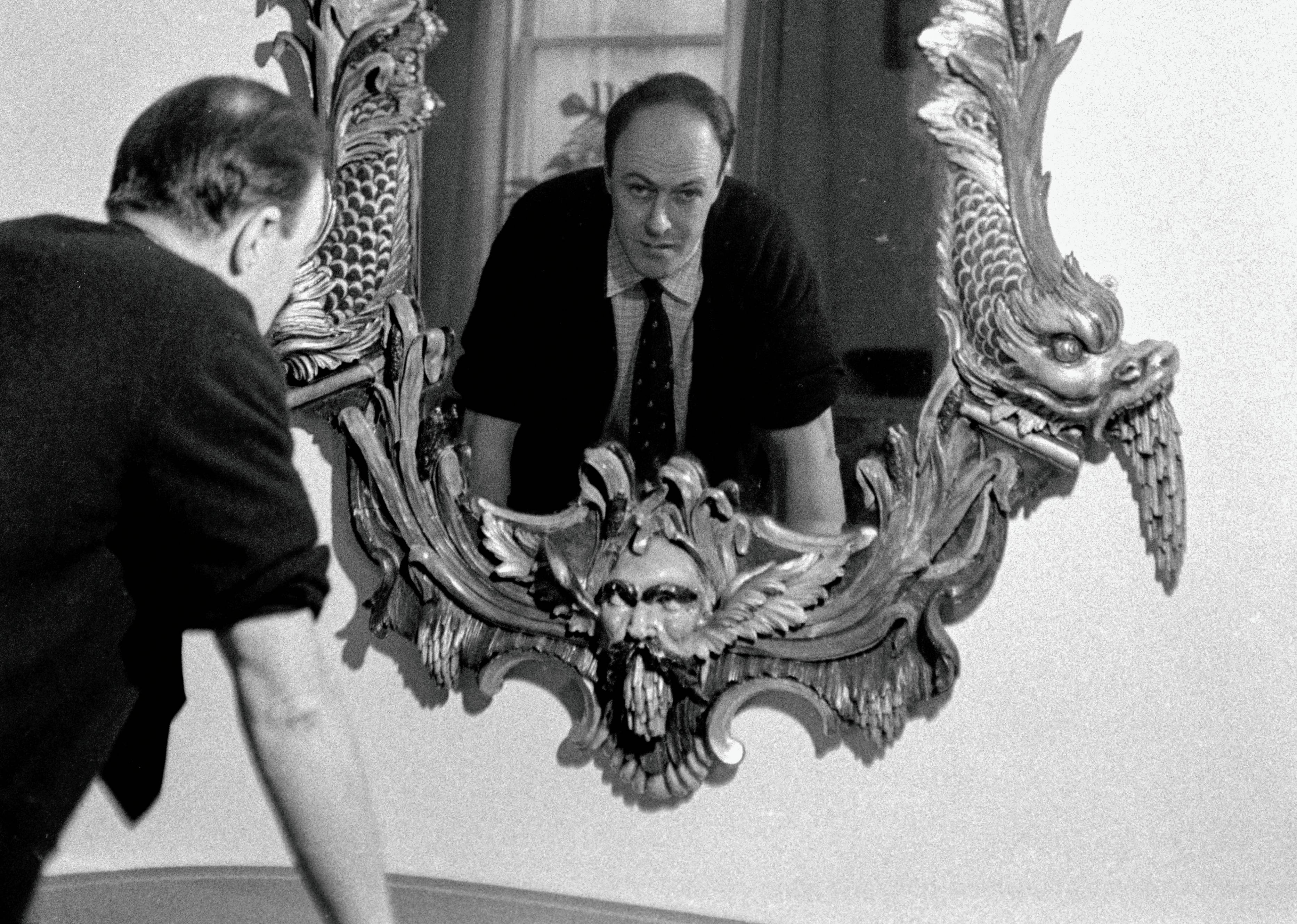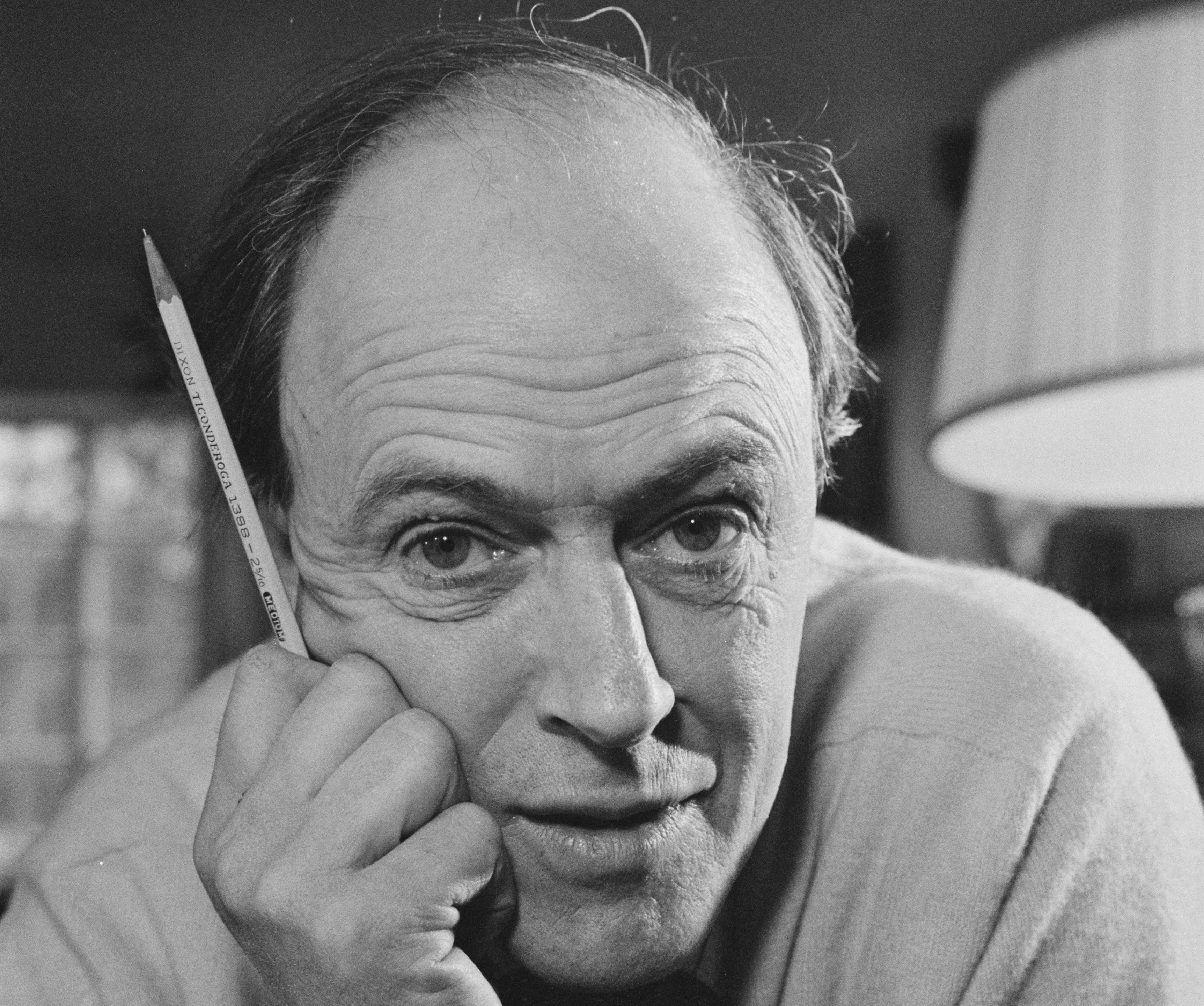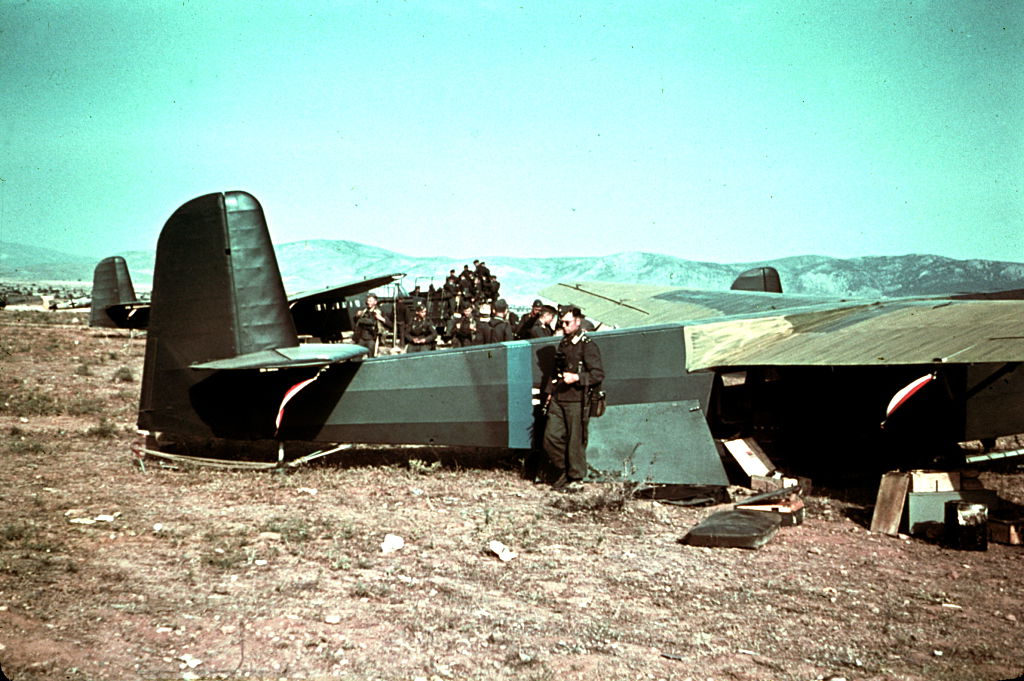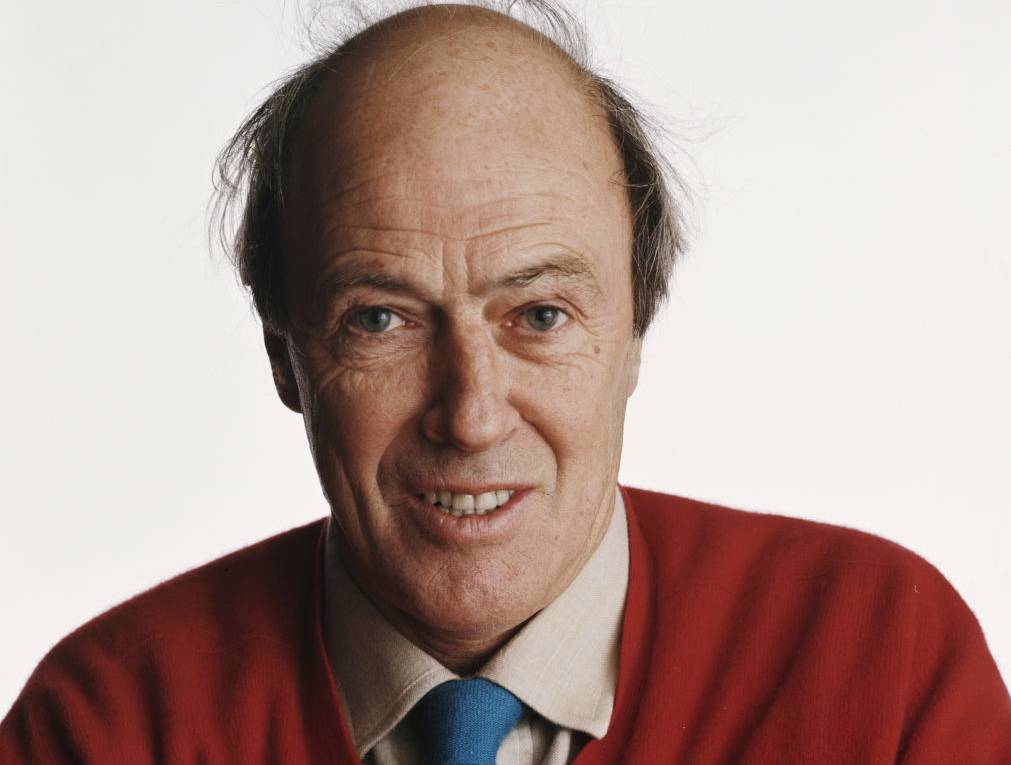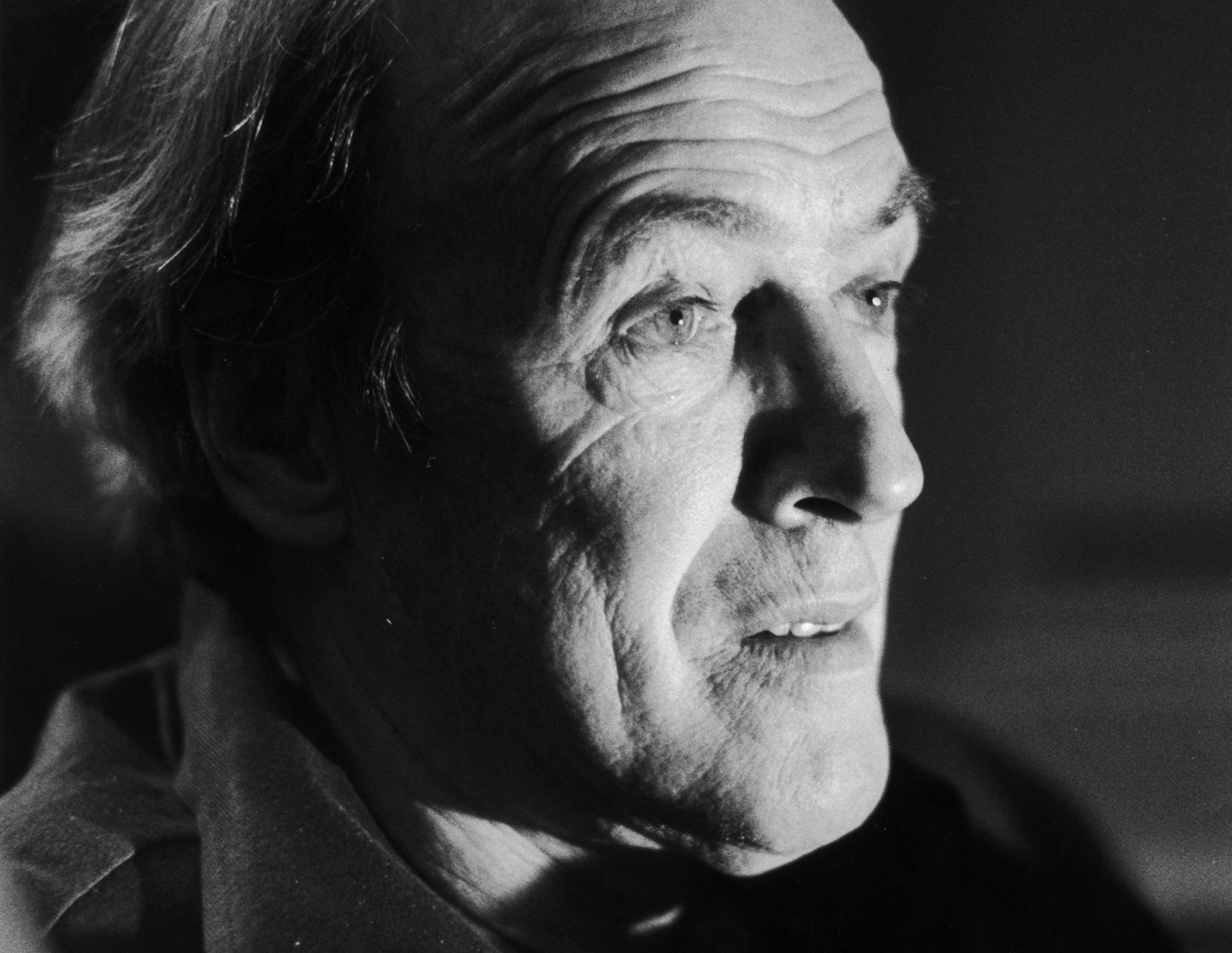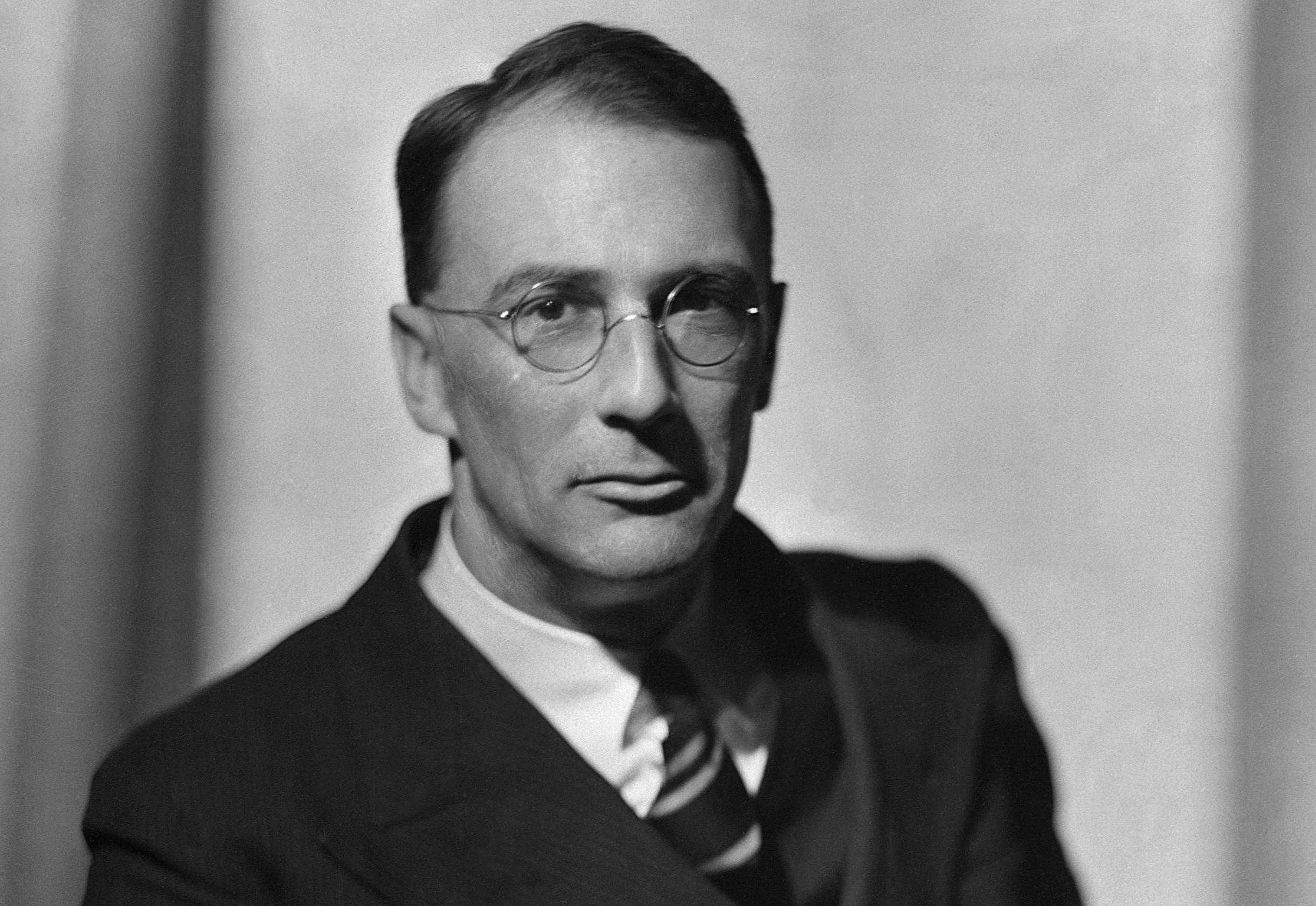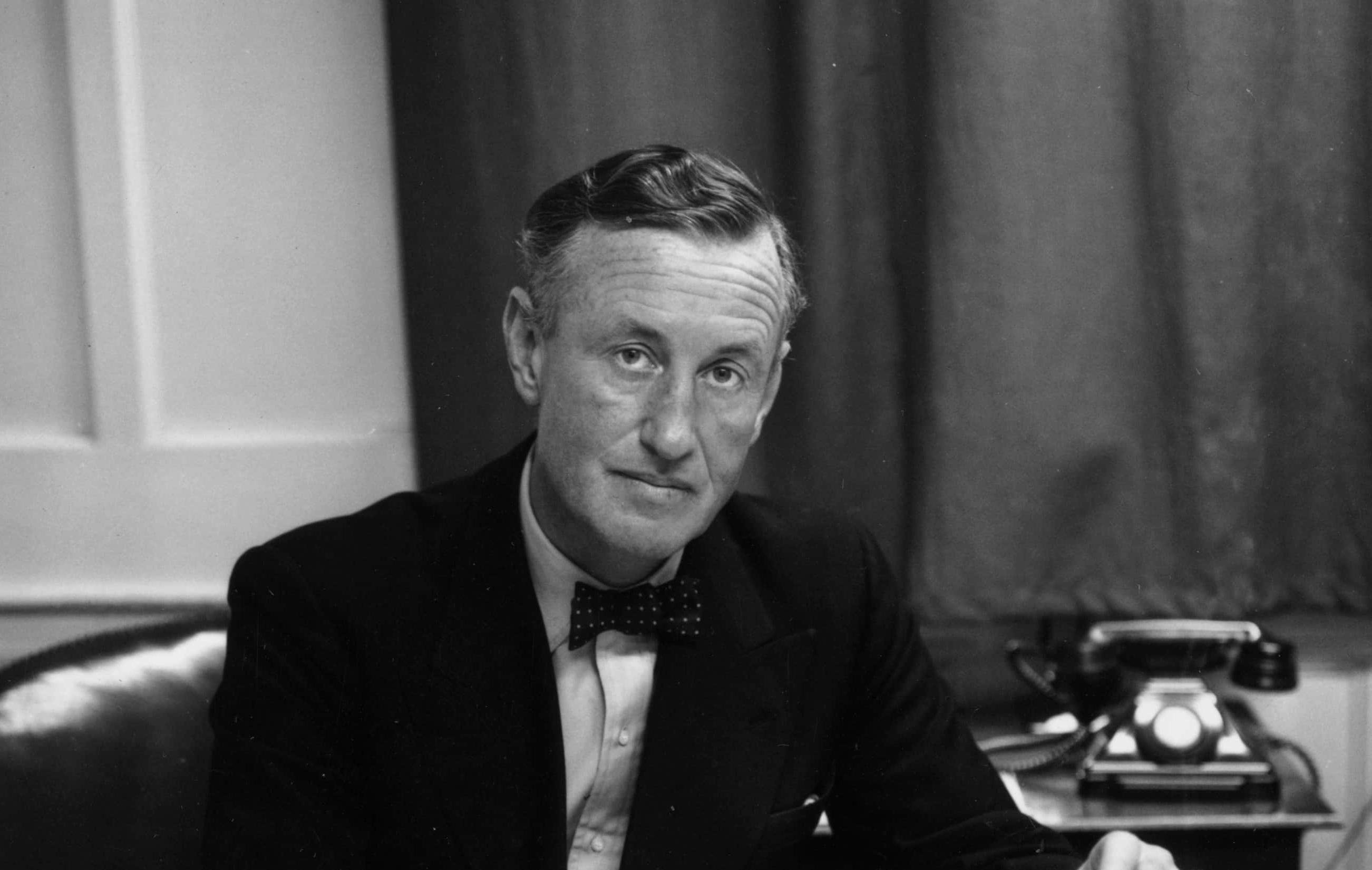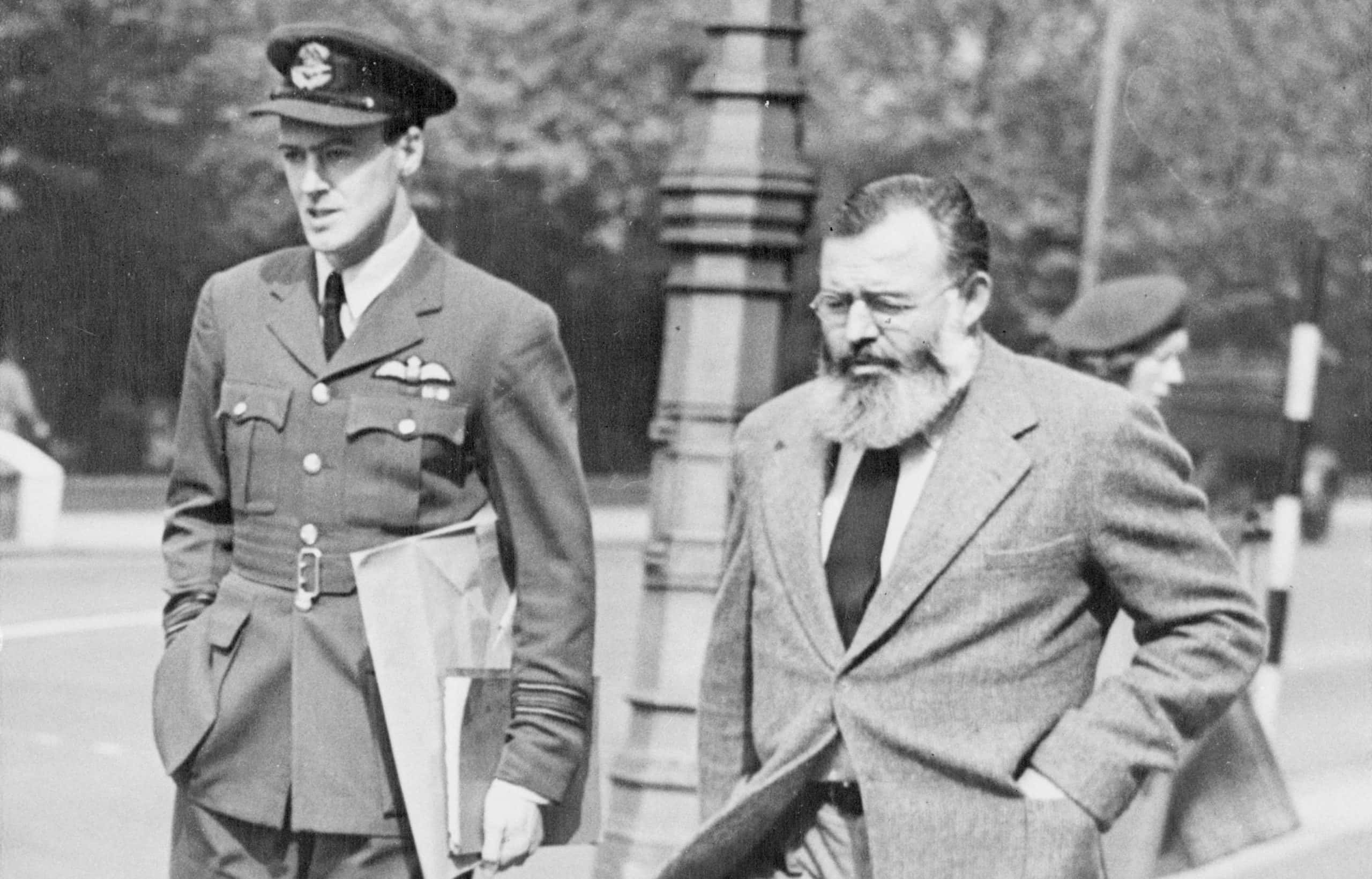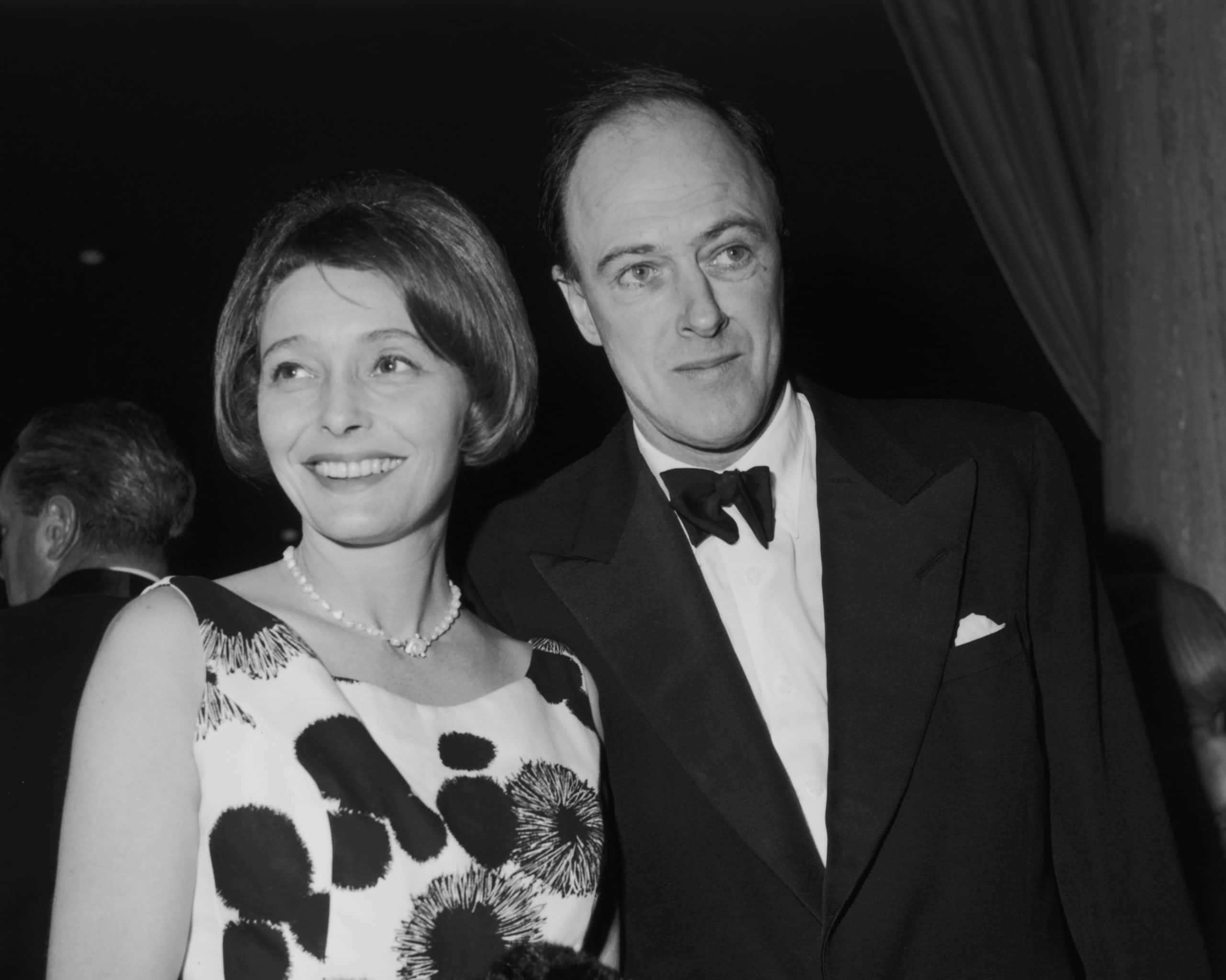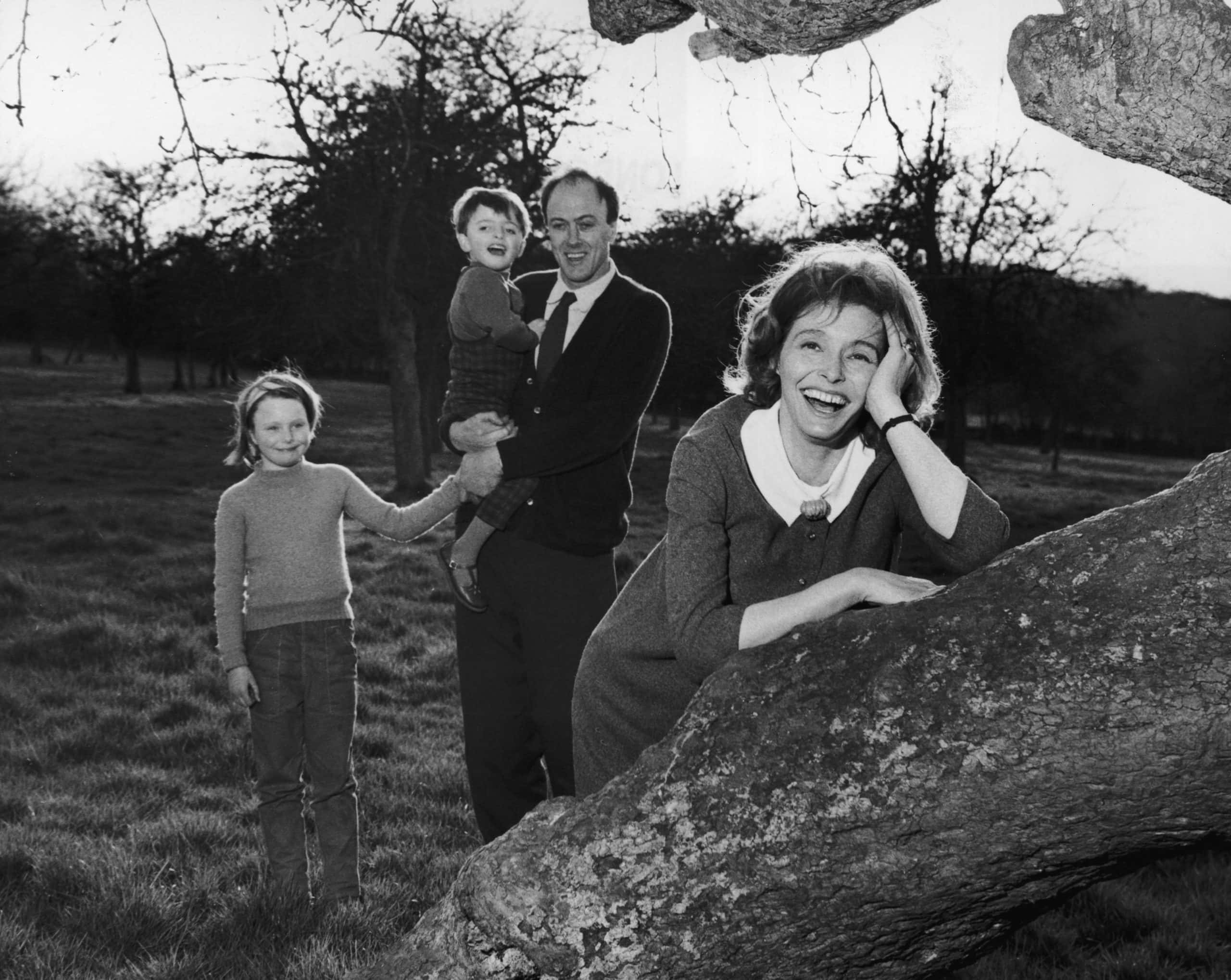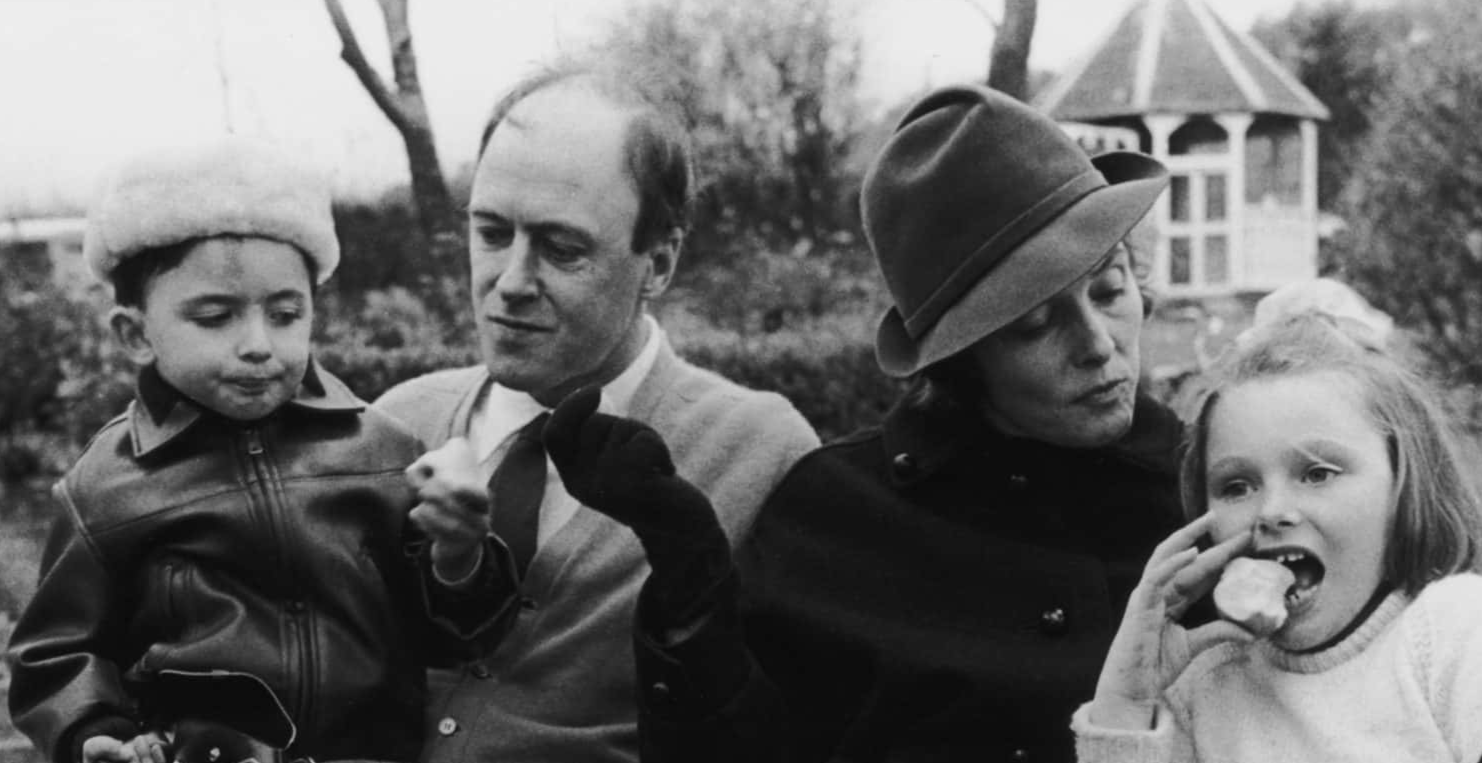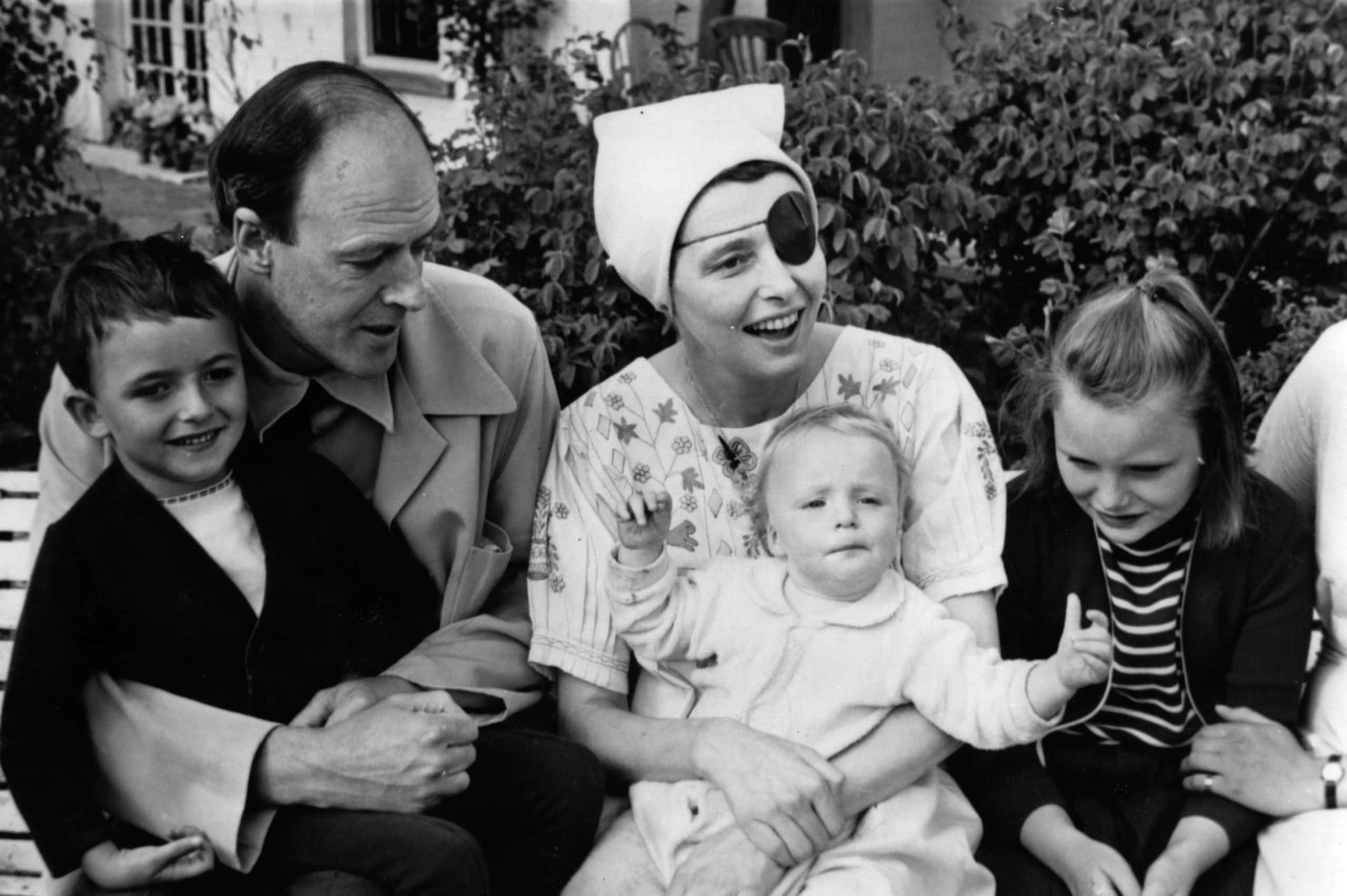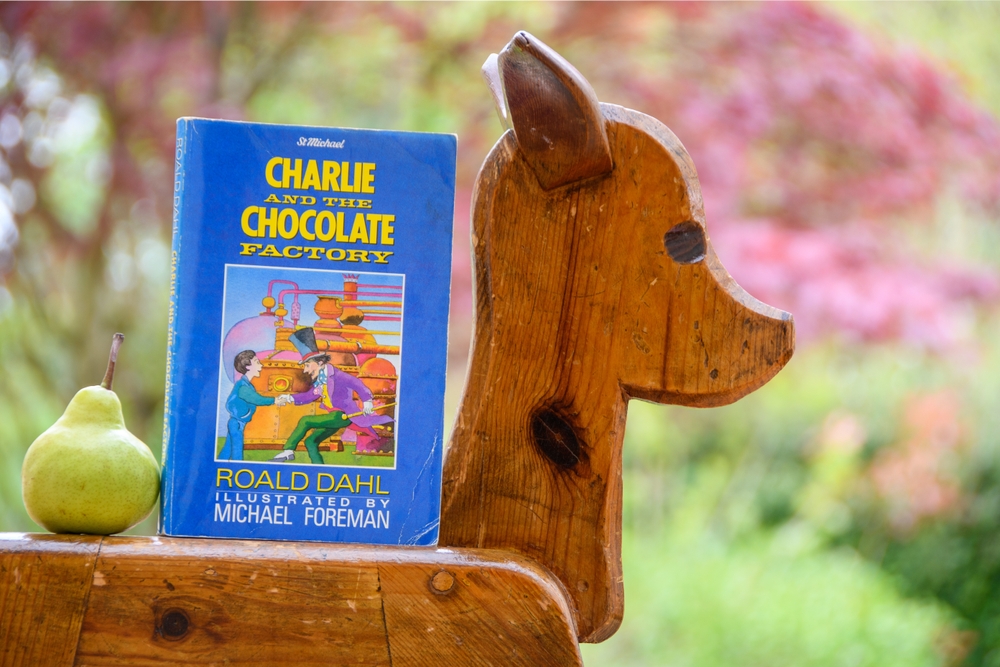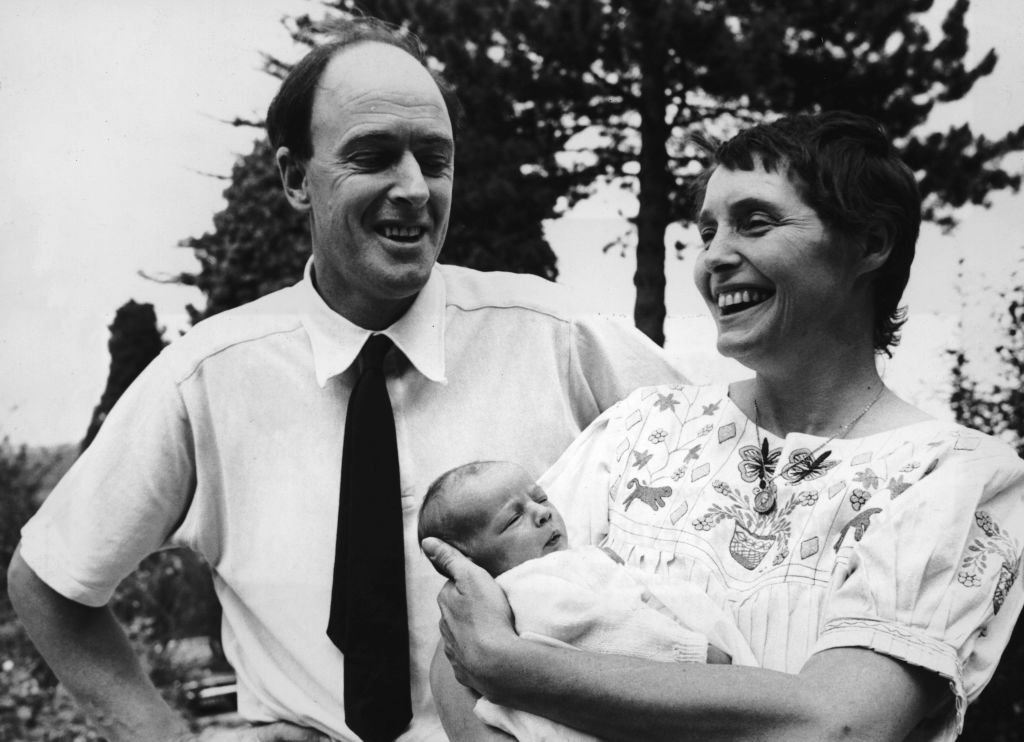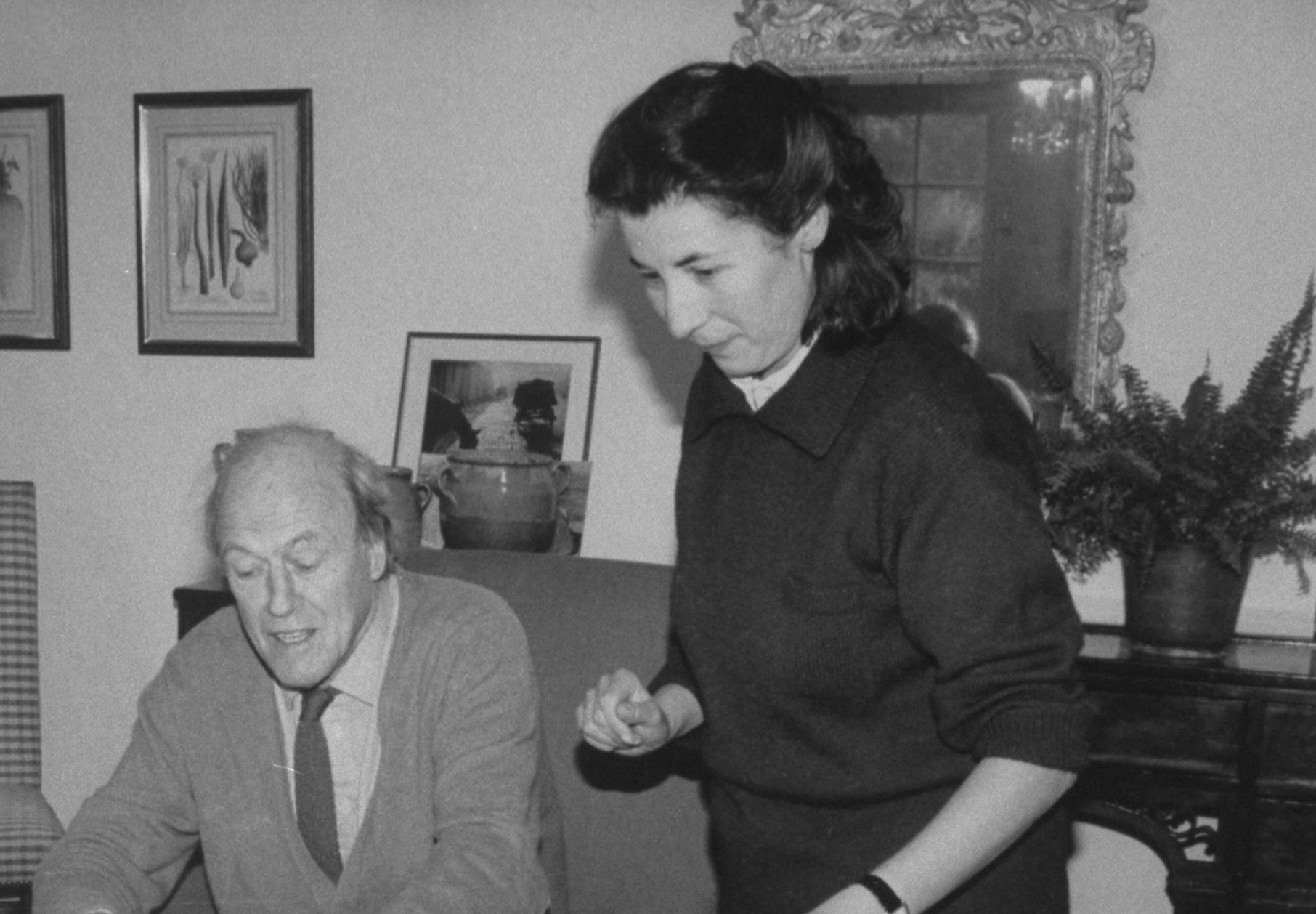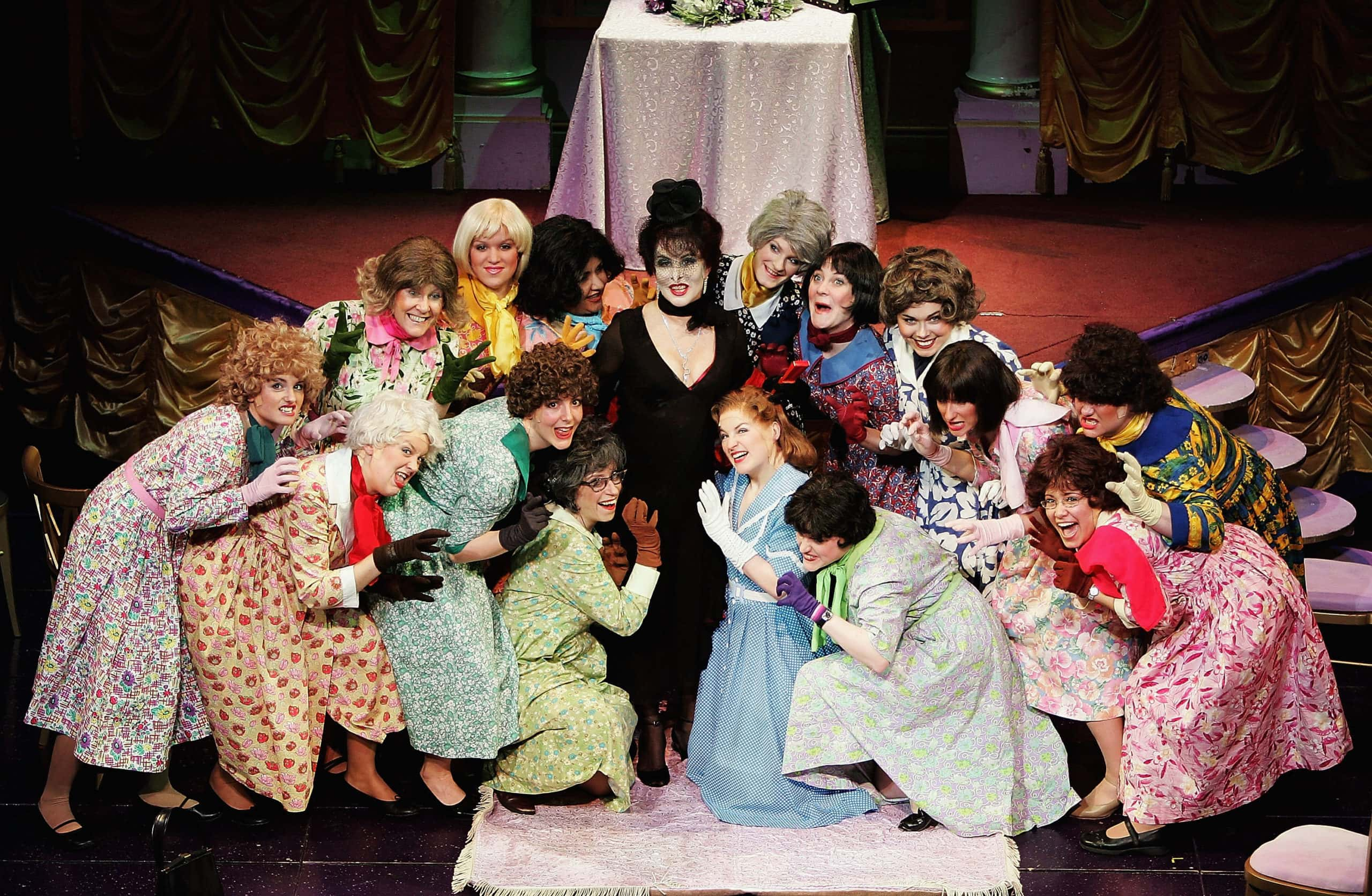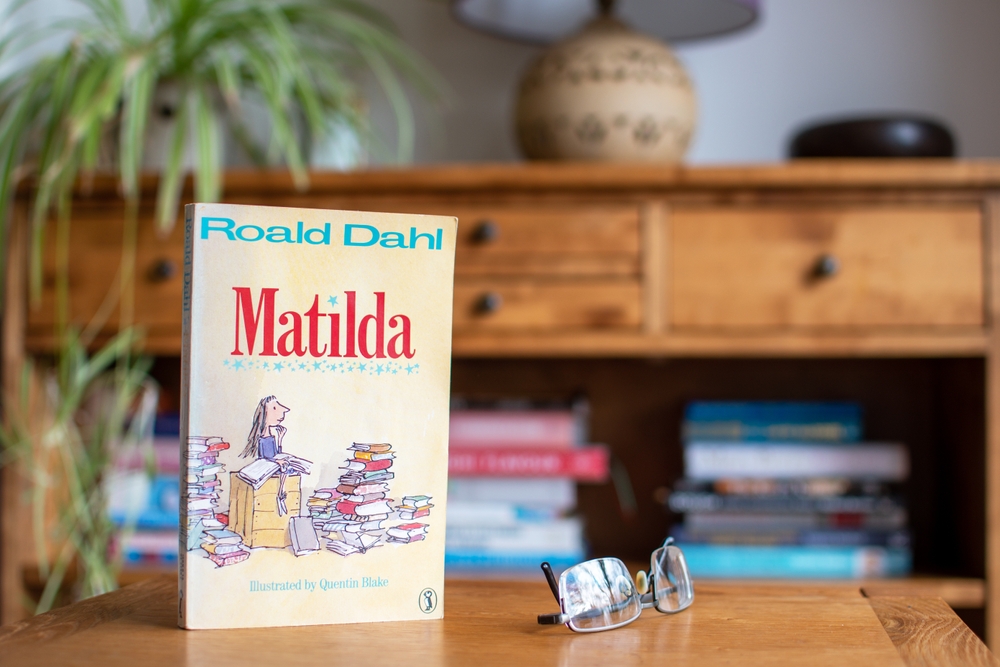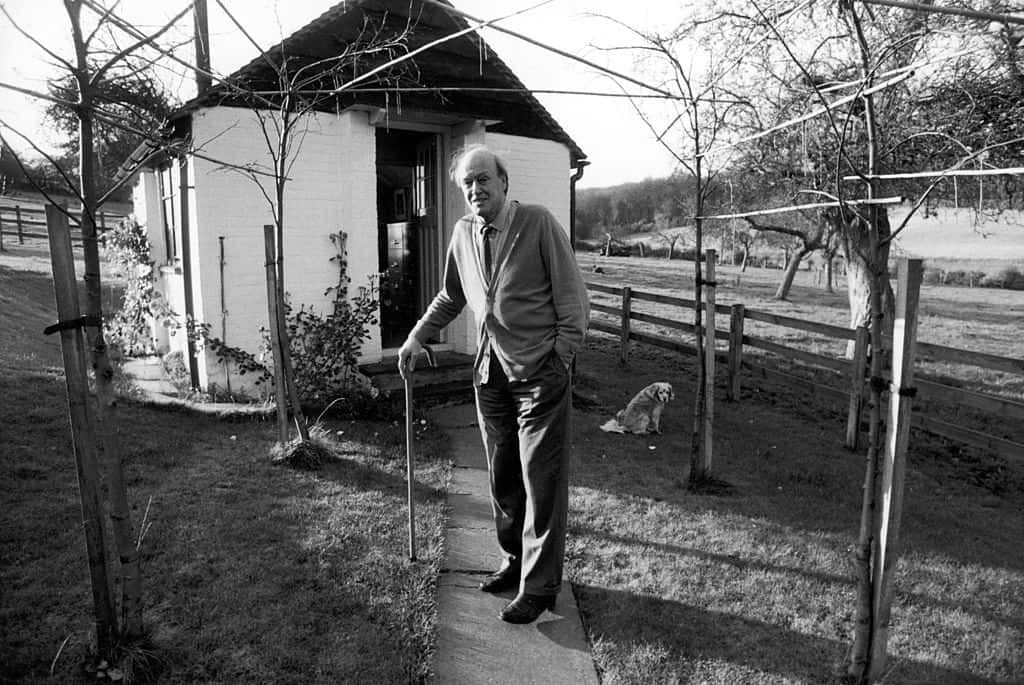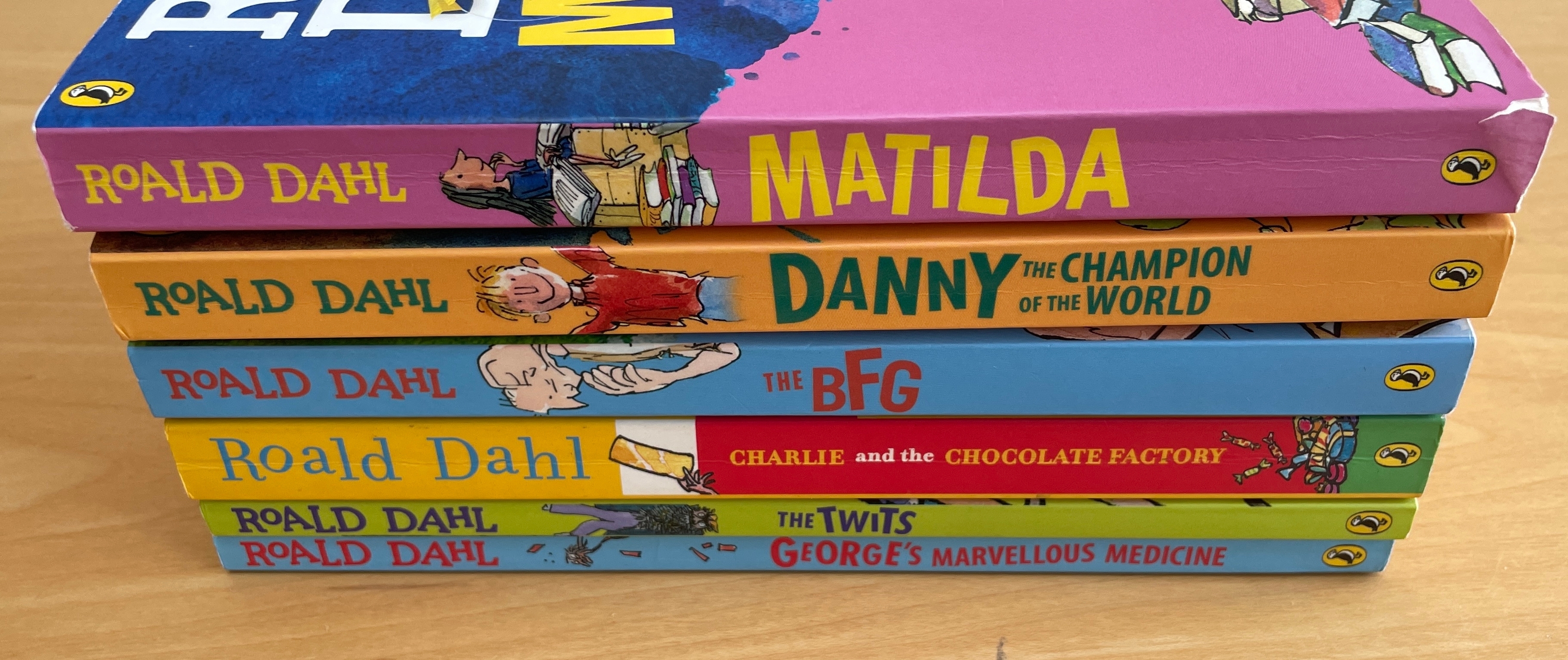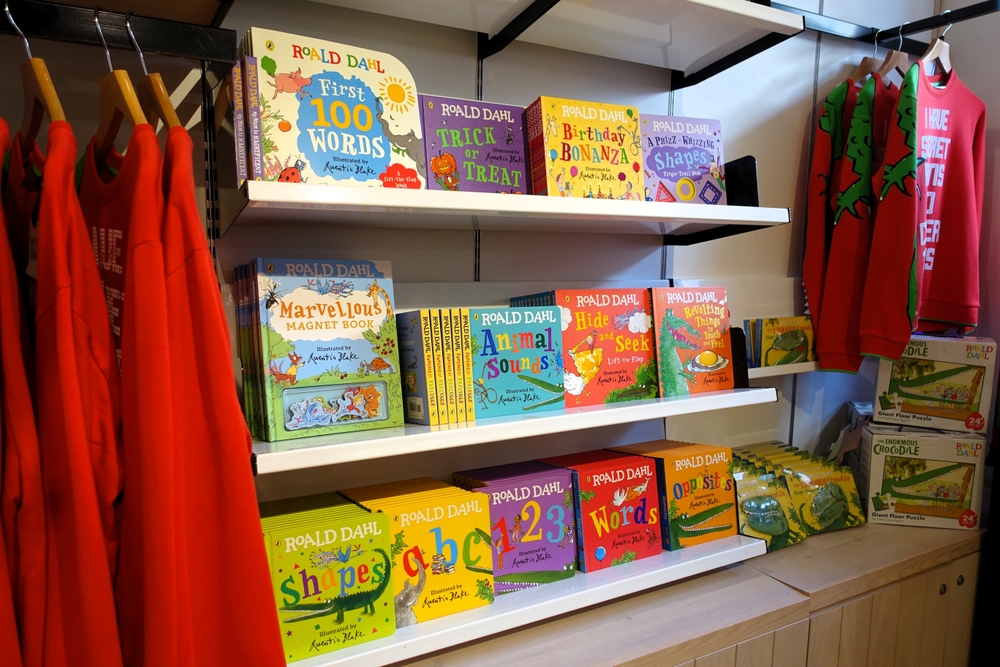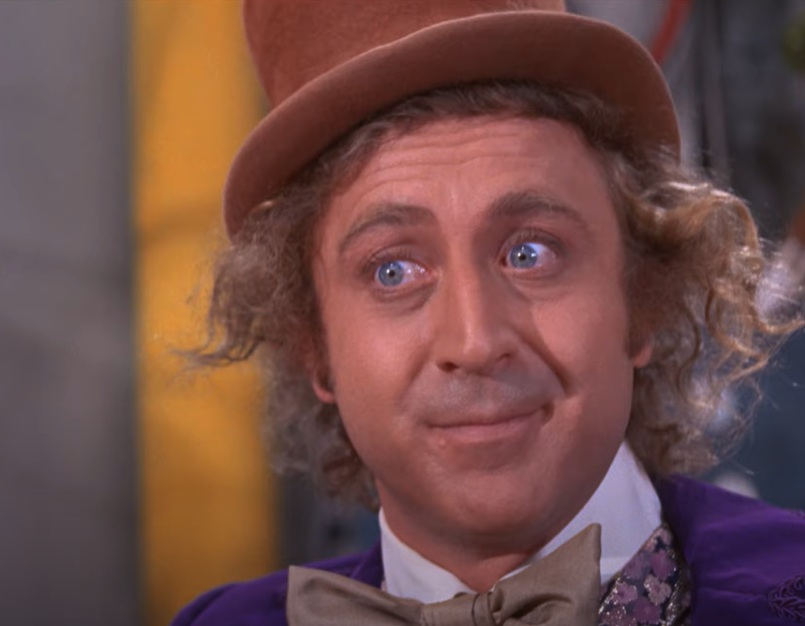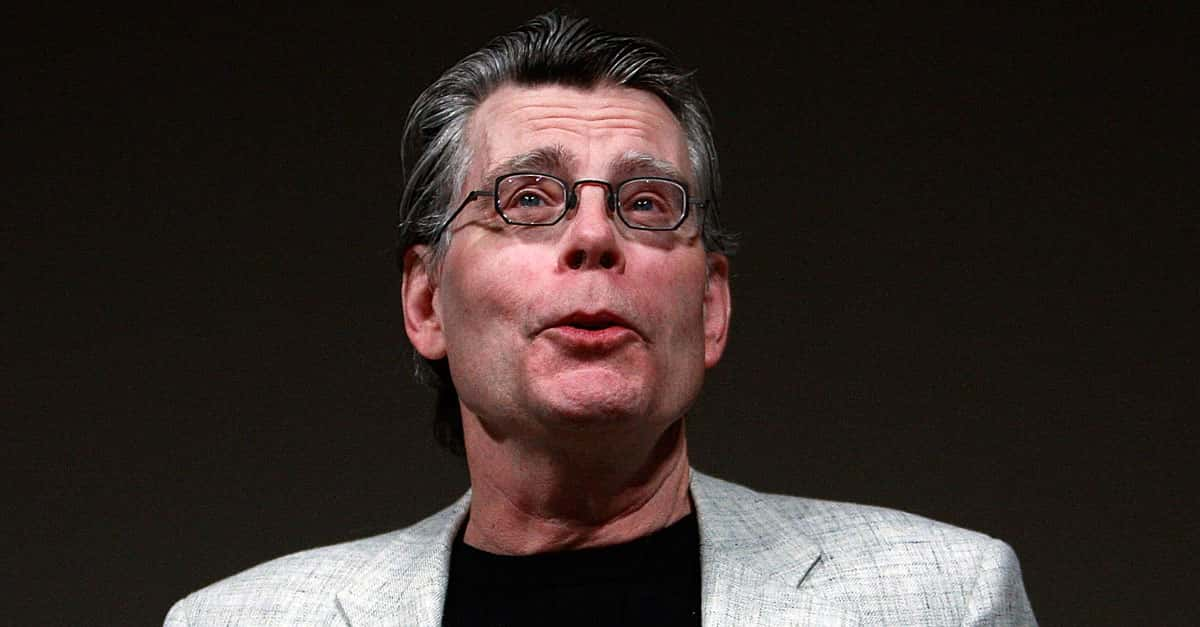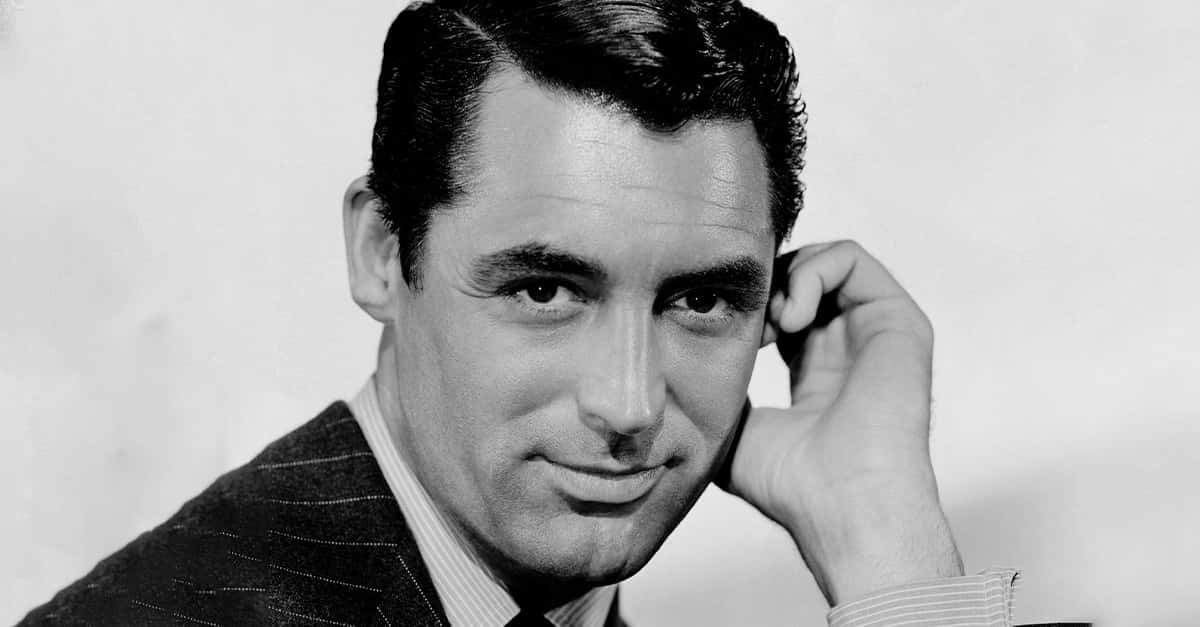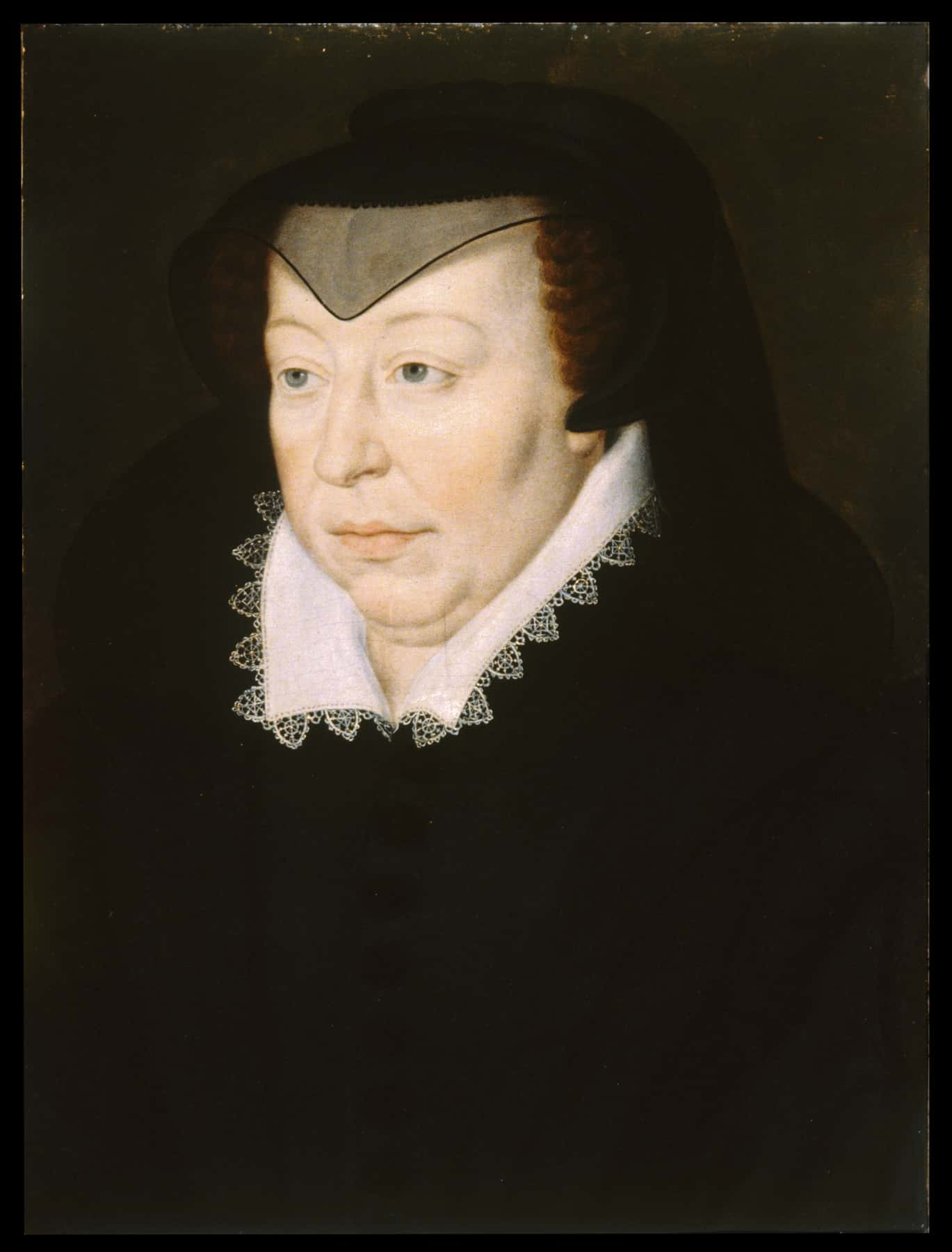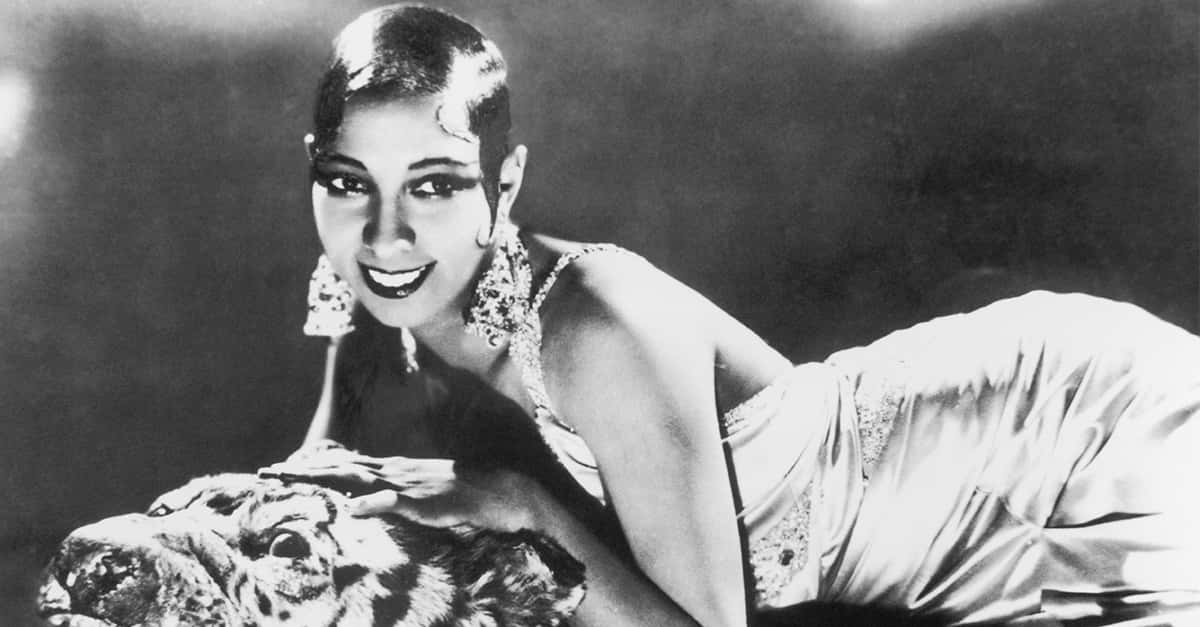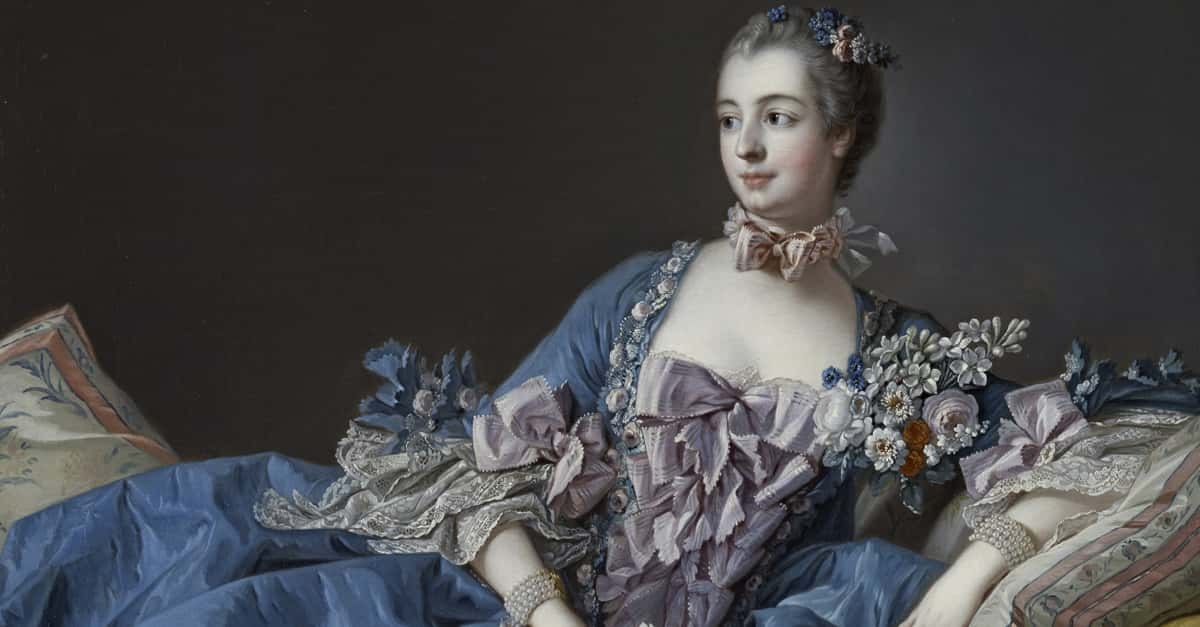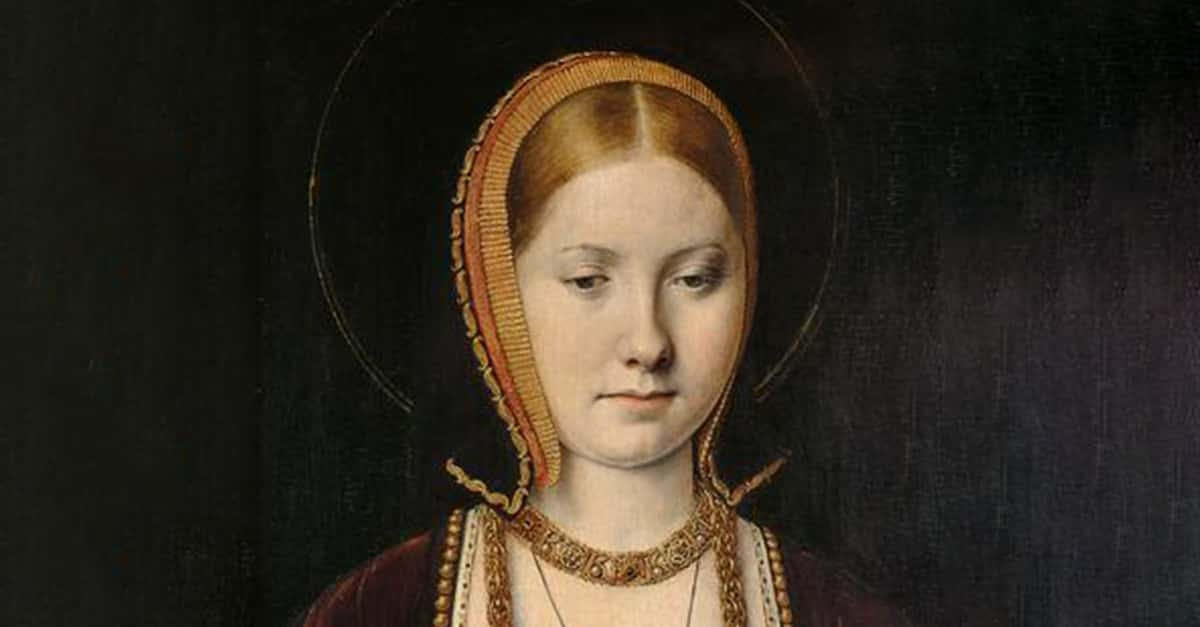A Complicated Man
Known as one of the most talented modern writers, and possibly the greatest children’s author in history, Roald Dahl’s works have met great praise and criticism over the years. Although whimsical and heart-warming, his stories were often much darker than most children’s books, and were the subject of polarizing reviews. Similarly, his life as a student, pilot, spy, and father was full of fantastical highs—and unimaginably grim lows.
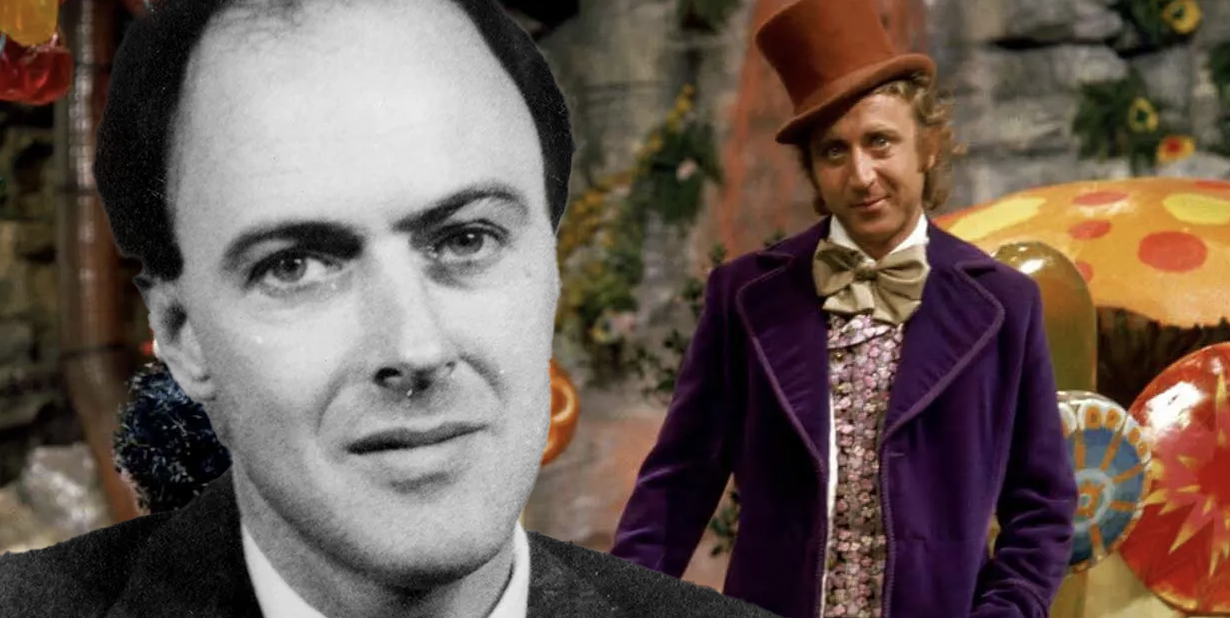
1. They Did Well For Themselves
Fans know the works of Roald Dahl for their uncommonly bleak themes amid fanciful settings, much of which stemmed from his own experiences. Still, far from the life of poverty that several of his characters would grow up in, Roald Dahl was born on September 13, 1916, to relatively well-off parents. Both Norwegian immigrants, his mother had already come from a family of substantial wealth, and his father was a prosperous shipbroker.
Even so, they weren’t strangers to tragedy.
2. His Family Suffered Losses
Early on, Roald Dahl got a first-hand taste of life’s unpredictable and sometimes devastating turns. When he was only three years old, two of his closest family members perished in quick succession. First, his seven-year-old sister died of appendicitis, after which his father developed a fatal case of pneumonia in a matter of weeks.
Although his mother likely wanted to return home, she decided otherwise.
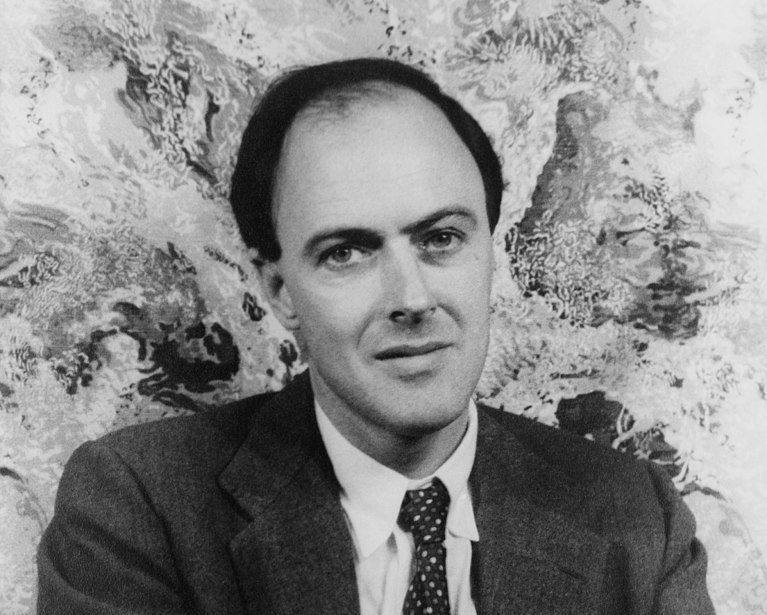 Carl Van Vechten, Wikimedia Commons
Carl Van Vechten, Wikimedia Commons
3. She Decided To Stay
Roald’s parents, Sofie Magdalene Dahl and Harald Dahl, had emigrated from Norway to Britain, specifically putting down roots in Cardiff, Wales. Following Harald’s passing, Sofie could have returned to Norway with her children to be with her family. However, Harald had wanted a British education for their children, so she remained in Wales.
One silver lining was that Roald got to meet his idol.
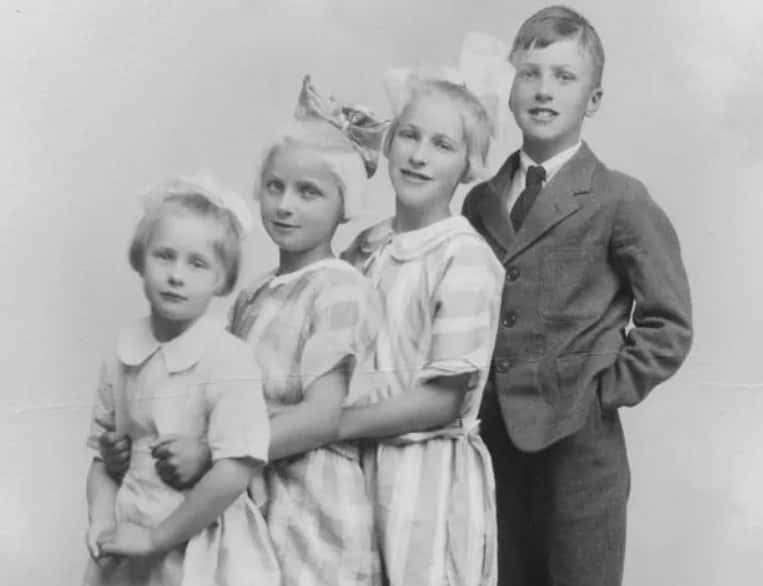 commissioned by Sofie Magdalene Dahl, Wikimedia Commons
commissioned by Sofie Magdalene Dahl, Wikimedia Commons

History's most fascinating stories and darkest secrets, delivered to your inbox daily.
4. He Met A Celebrity
Roald Dahl had a strong love for literature from a young age, and his favorite children’s books would fuel his passion to write similar stories. Possibly his most beloved author was the woman who wrote The Tale of Peter Rabbit—Beatrix Potter. In a once-in-a-lifetime opportunity, a six-year-old Roald was able to meet her, visiting the author at her home.
Following this, Roald experienced another inspiring—albeit less wholesome—event.
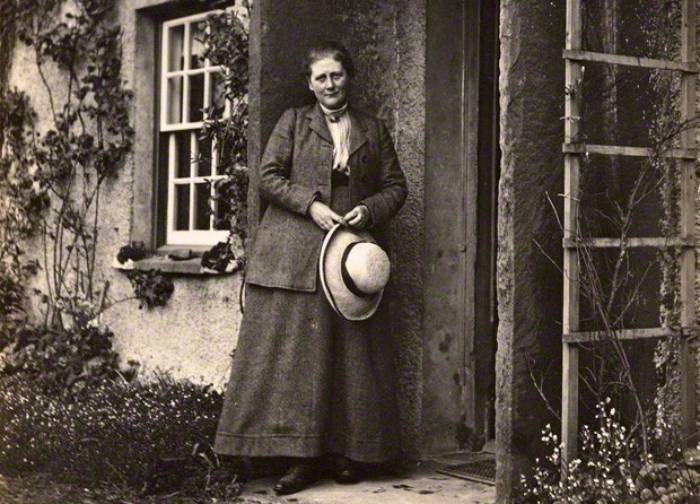 Charles G.Y. King (1854-1937), Wikimedia Commons
Charles G.Y. King (1854-1937), Wikimedia Commons
5. They Pulled A Prank
While attending The Cathedral School, Llandaff, Roald couldn’t keep from getting into trouble, especially against a cruel candy store owner named Mrs Pratchett. Out of spite, he and his friends played a gruesome prank. They placed a mouse body in a gobstopper jar at the shop, calling it the “Great Mouse Plot of 1924”. Their headmaster caned the pranksters, but Roald would later draw from this event in his writing.
Unfortunately, his years at school didn’t improve much.
6. He Was Missing Home
As he got older, Roald attended several other British schools, including St Peter's boarding school after his time at The Cathedral School. As it was his first extended period away from his family, he found himself longing for home and frequently wrote to his mother to help him through it—even though he never told her how he felt.
His misery wasn’t only due to homesickness, though.
7. He Hated School
After transitioning to Repton School in 1929, Roald Dahl was met with the overwhelming barbarism of his schoolmates. Describing the school’s culture of hazing and beatings, Roald later wrote about how the older boys retained a higher status than the younger ones, and treated them without respect or mercy.
However, the older students weren’t the only cruel ones.
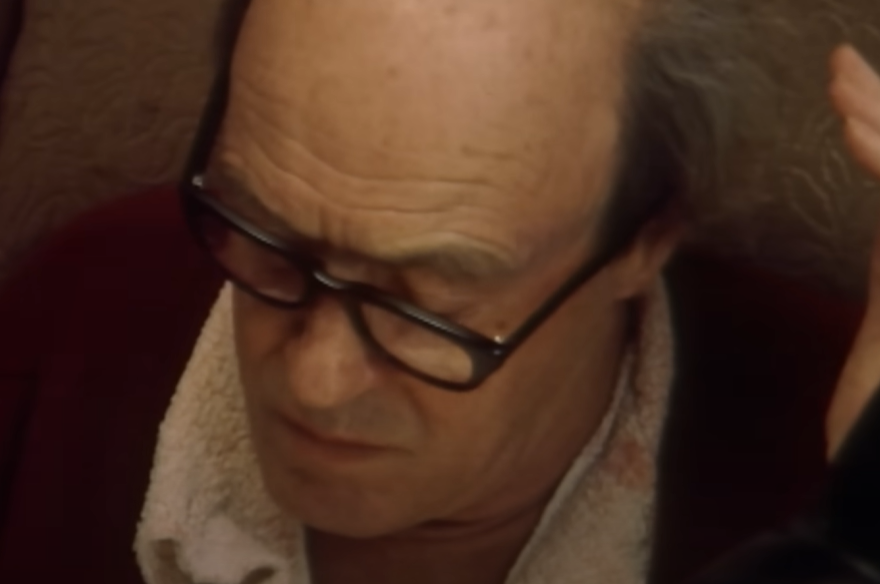 1982: ROALD DAHL's writing shed, Pebble Mill, Classic Celebrity Interview, BBC Archive
1982: ROALD DAHL's writing shed, Pebble Mill, Classic Celebrity Interview, BBC Archive
8. He Witnessed Brutality
A regular aspect of school that Roald found more shocking was not the unabashed savagery of the other students, but of the teachers. After Repton’s headmaster severely caned one of Roald’s friends, the author-to-be was deeply affected, recognizing the hostility that some adults harbor towards children.
Around the same time, some of his first writing received criticism.
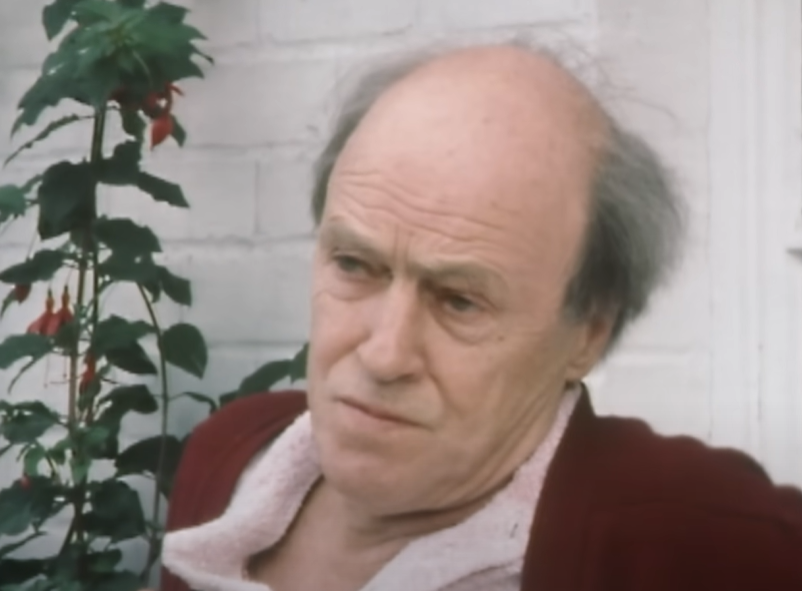 1982: ROALD DAHL's writing shed, Pebble Mill, Classic Celebrity Interview, BBC Archive
1982: ROALD DAHL's writing shed, Pebble Mill, Classic Celebrity Interview, BBC Archive
9. He Wasn’t Praised
Like the rest of his fellow students, Roald Dahl studied English and completed several writing assignments, to surprising reviews. As it turns out, he was not a prodigy, and his English teachers graded him fairly low. Specifically, he received critiques on his often antithetical misuse of words.
Still, the influences for his later stories kept coming.
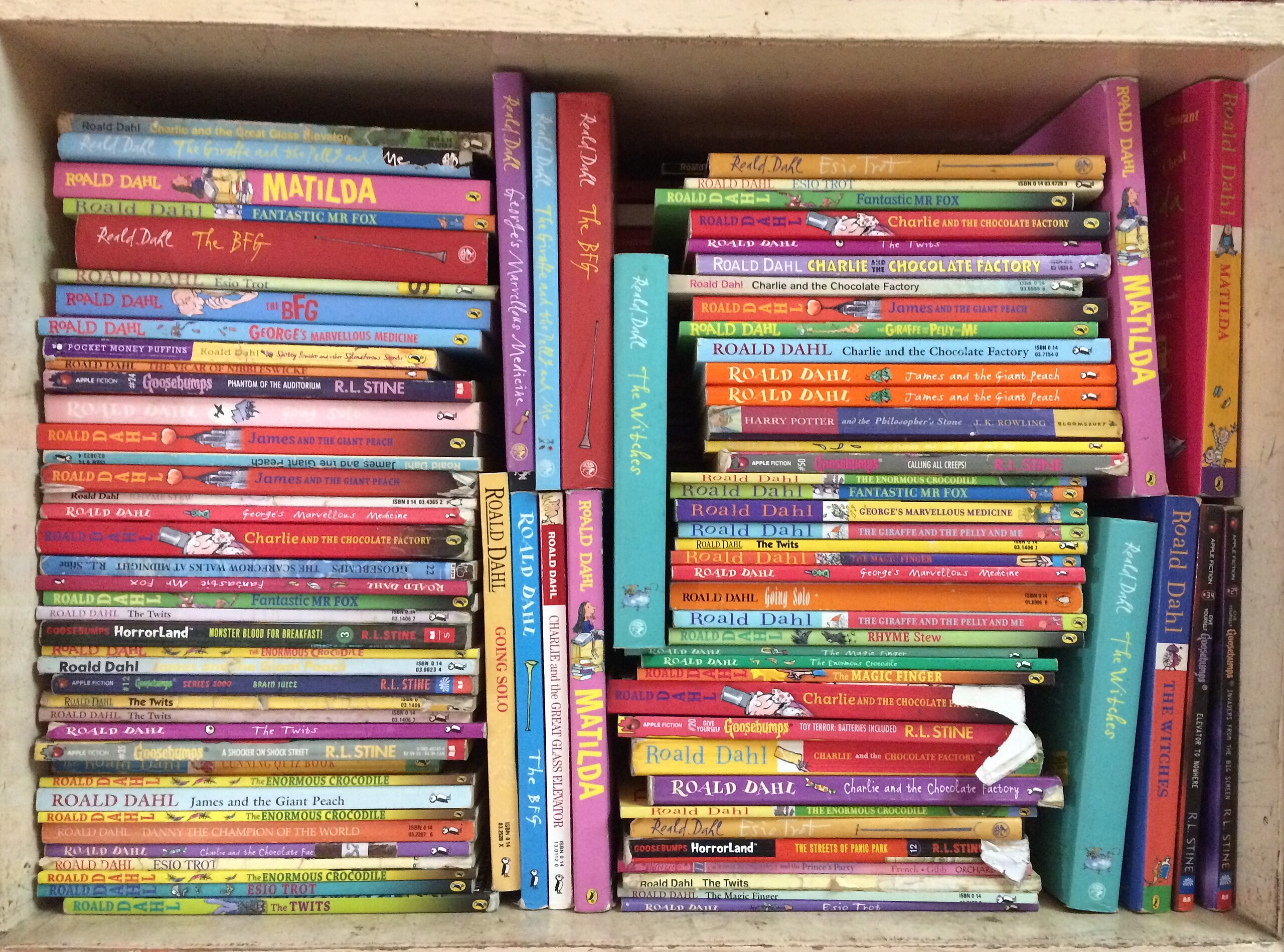 solarisgirl, CC BY-SA 2.0, Wikimedia Commons
solarisgirl, CC BY-SA 2.0, Wikimedia Commons

History's most fascinating stories and darkest secrets, delivered to your inbox daily.
10. They Received Treats
One specific time in Roald’s early school career would greatly influence his most famous story later in life. While attending Repton, samples of chocolate were frequently sent to the school by Cadbury for the students’ reviews. This gave Roald the dream of creating a new chocolate bar to present to the company’s owner.
After he completed school, his mother wanted what she believed was best.
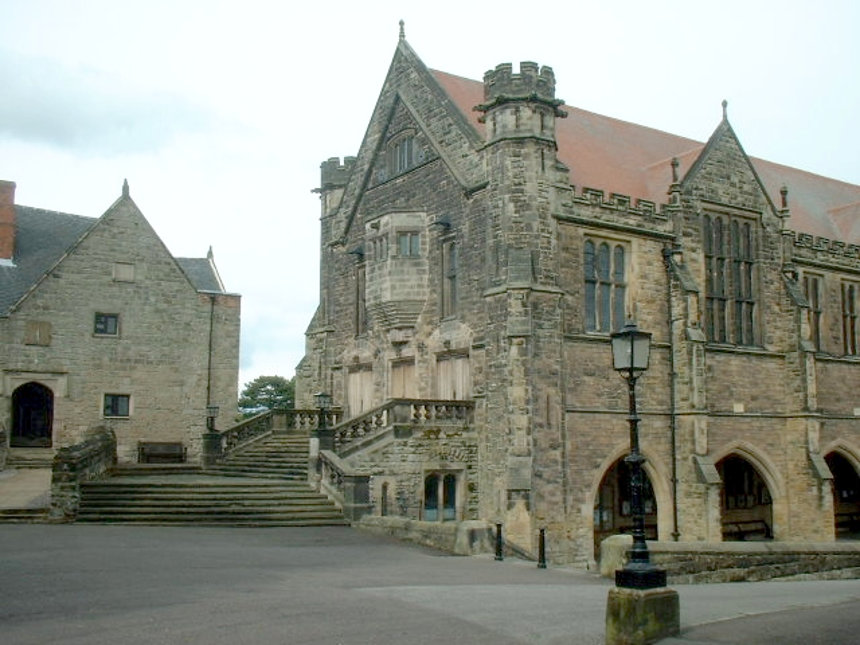 Victuallers, Wikimedia Commons
Victuallers, Wikimedia Commons
11. He Declined Her Offer
After graduating in 1934, Roald had the world at his fingertips but chose to go off the beaten path. Having inherited her late husband’s wealth, Roald’s mother wanted to give him every opportunity possible, so she offered to pay for his university tuition. While grateful, Roald declined this, as he intended to find work that would help him travel the world.
In doing so, he followed his dreams.
12. He Went Traveling
A few months after he graduated, Roald Dahl set out and began his life of a globetrotter. Joining the British Public Schools Exploring Society, he crossed the ocean to Canada and embarked on a thrilling hike through Newfoundland. After getting a taste of traveling, he found a way to make a living doing it.
 Dylan Kereluk, CC BY 2.0, Wikimedia Commons
Dylan Kereluk, CC BY 2.0, Wikimedia Commons
13. He Was Hired
Roald had told his mother he wanted to find a company that would send him across the world to amazing, new places and in 1934, his wish came true. After signing on with the Shell Petroleum Company and training for four years, his employers sent him to East Africa. Working first in Kenya, he eventually relocated to Dar es Salaam.
However, he would soon find a more dangerous line of work.
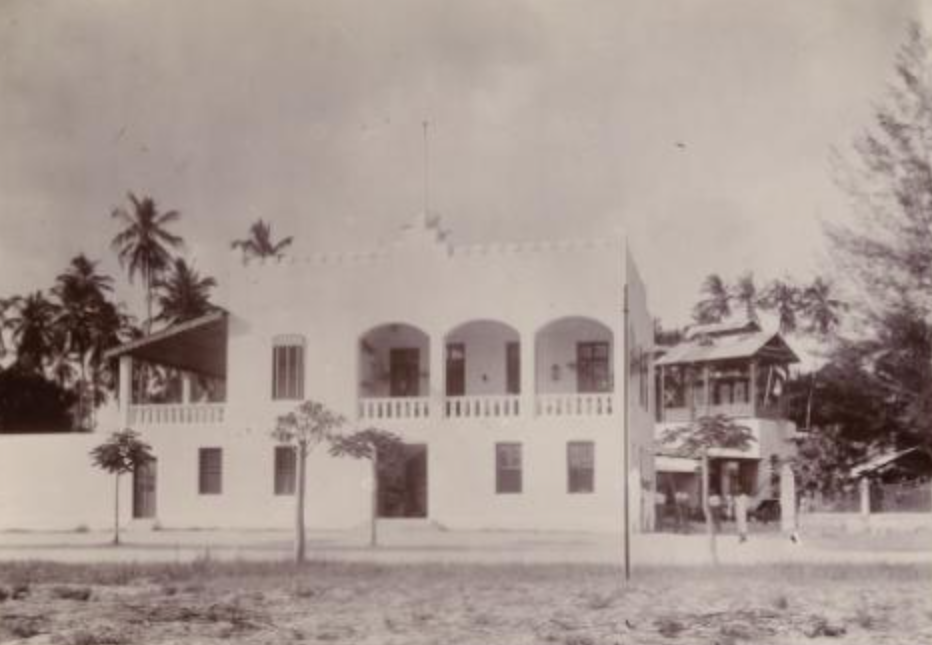 Unknown Author, CC BY-SA 4.0, Wikimedia Commons
Unknown Author, CC BY-SA 4.0, Wikimedia Commons
14. He Joined Up
With the start of WWII in 1939, Roald Dahl felt the duty to protect his country and decided to join the fight. Having already served as a lieutenant in Dar es Salaam, he enlisted as an aircraftman in the Royal Air Force that November. Fortunately, his training grounds were very close.
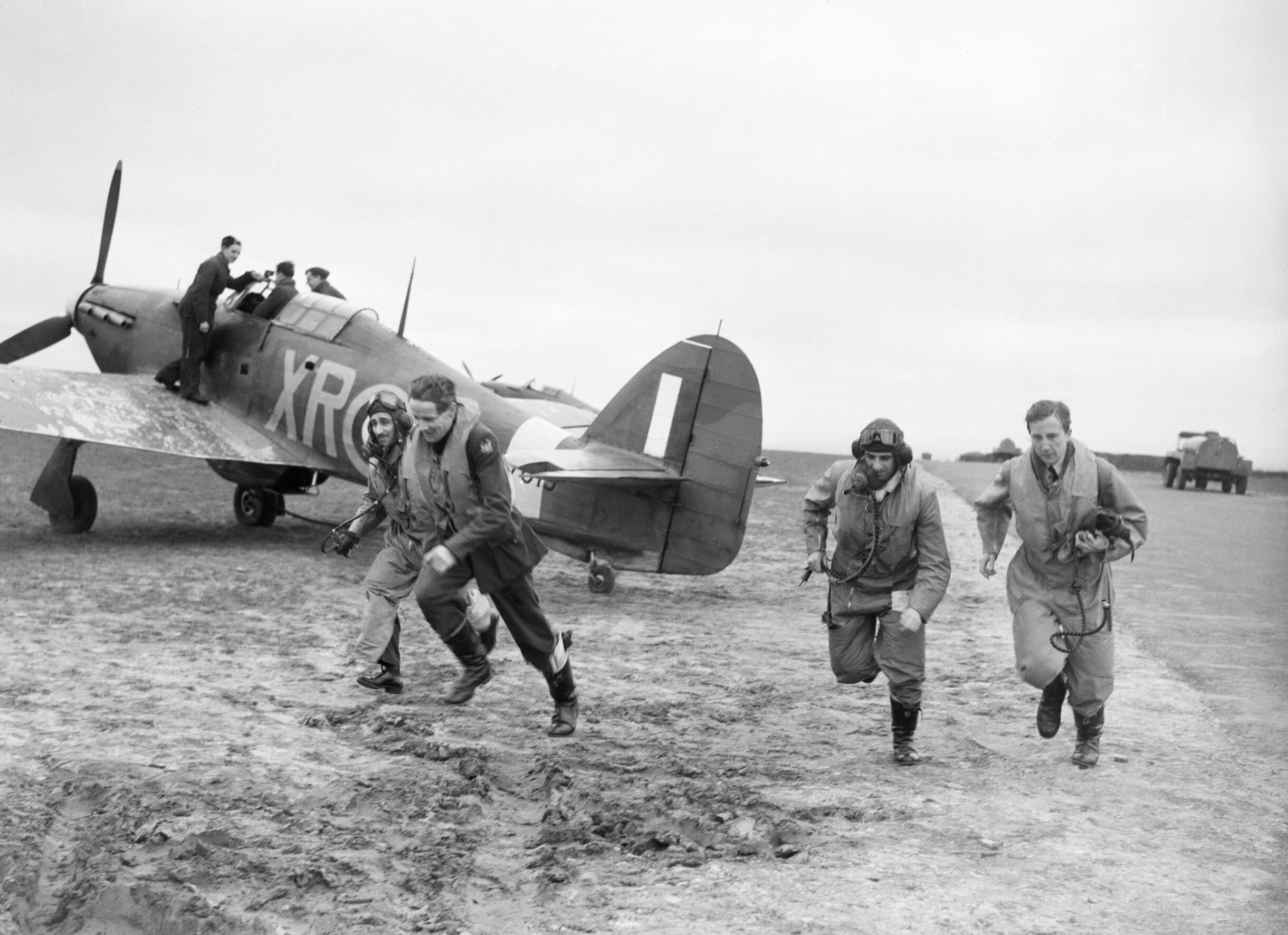 Royal Air Force official photographer, Wikimedia Commons
Royal Air Force official photographer, Wikimedia Commons
15. He Finished Training
Roald began his RAF training with 16 other pilots after relocating from Dar es Salaam to Nairobi. After several months of practicing with multiple different aircraft, mainly Hawker Harts, he became a pilot officer and was set to join a squadron in active duty. Then, it wasn’t long until he saw service.
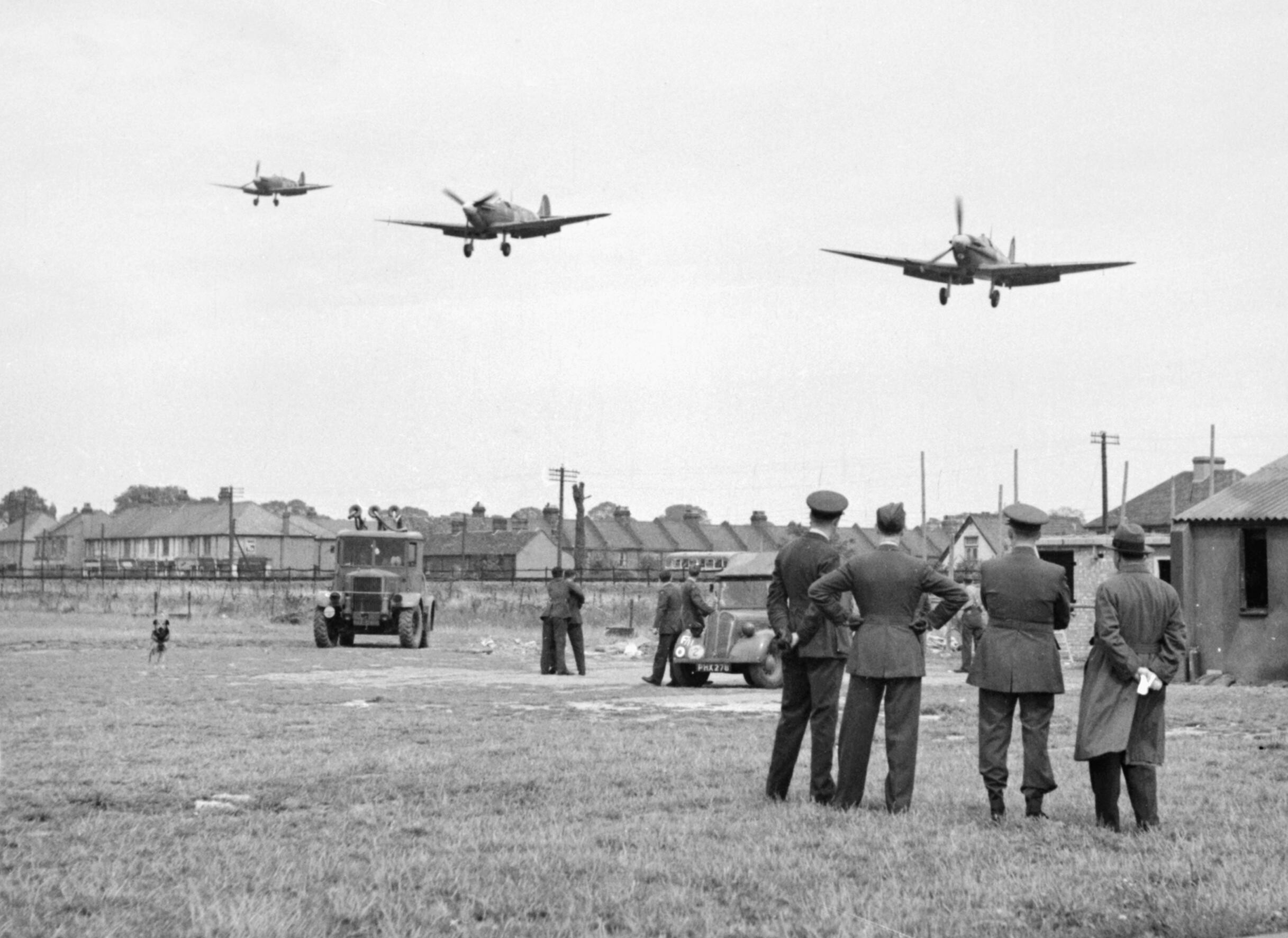 Ministry of Information Photo Division Photographer, Wikimedia Commons
Ministry of Information Photo Division Photographer, Wikimedia Commons

History's most fascinating stories and darkest secrets, delivered to your inbox daily.
16. They Became Lost
While already flying the antiquated Gloster Gladiators without the necessary specialized training, Roald Dahl would find himself in another dangerous predicament—all due to the incompetence of others. Given the location of an airstrip to land at, he and another pilot flew through the desert on September 19, 1940, but couldn’t find any sign of their destination.
Then, things only got worse.
 Ninara, CC BY 2.0, Wikimedia Commons
Ninara, CC BY 2.0, Wikimedia Commons
17. He Was Severely Injured
Completely lost and without help, Roald and his wingman had no choice but to land where they were. The landing took a turn when Roald’s plane skimmed off a boulder and crashed into the desert. He lost consciousness, and although rescue eventually came, he had fractured his skull and would wake up temporarily blind.
Still, he later found a way to spin this injury as a positive.
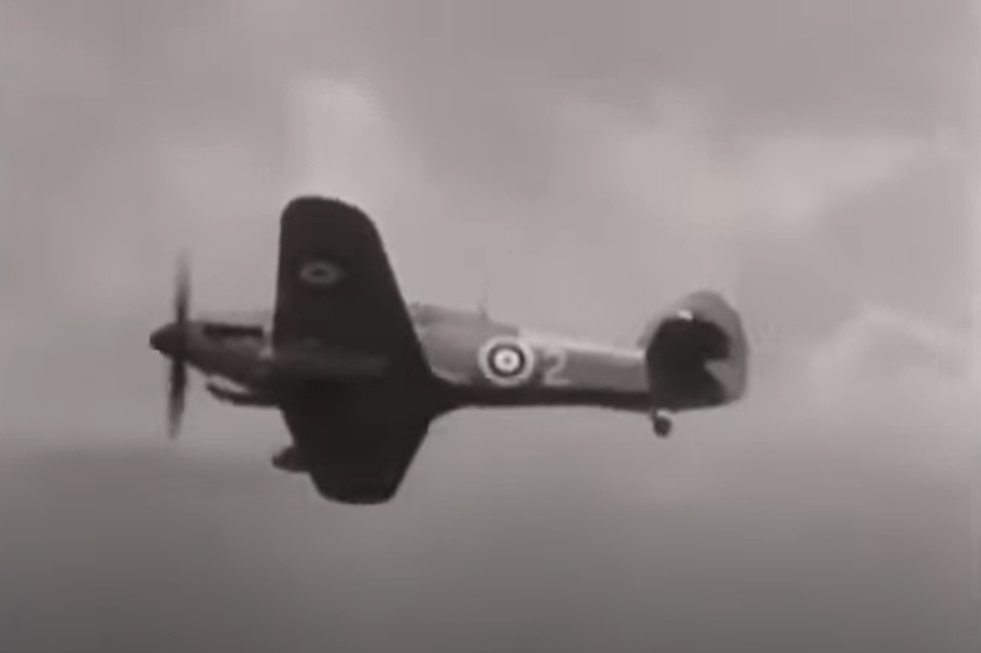 BBC, The Marvellous World of Roald Dahl (2016)
BBC, The Marvellous World of Roald Dahl (2016)
18. He Believed It Was A Good Thing
In the aftermath of his crash, Roald Dahl had a severely challenging recovery, and Alexandria’s Royal Navy hospital didn’t release him until February, 1941. Before that, his swollen brain had continued to affect his sight, and he was blind for six weeks. However, he would later consider this a benefit, believing his creativity came from the injury.
Even after this, he saw a bit more combat.
19. The Battle Of Athens
One of the most notable moments of WWII for Roald took place on April 20, 1941, which he dubbed the “Battle of Athens”. Allegedly, the “endless blur of enemy fighters” was so chaotic that despite witnesses reporting 22 downed German fighters out of the overwhelming 200, none of the British pilots knew which ones they had shot.
Regrettably, Roald still wasn’t fully recovered.
20. He Was Dismissed
While he continued to serve the RAF for several months, Roald’s injury stayed with him and eventually became too serious. Suffering from serious headaches which were enough to knock him unconscious, he was faced with a heartbreaking outcome. The Air Force invalided him. He then returned to Britain and moved back in with his mother.
Lucky for him, there was another way he could help out.
21. He Started A New Job
Discouraged and miserable in his invalidism, Roald Dahl initially wanted to be an instructor at an RAF training camp but received an interesting offer in 1942. The Under-Secretary of State for Air, Major Harold Balfour, was so impressed by Roald that he offered him a position at the British Embassy in Washington, DC. Although hesitant, he soon accepted the post.
It wasn’t everything he hoped for, though.
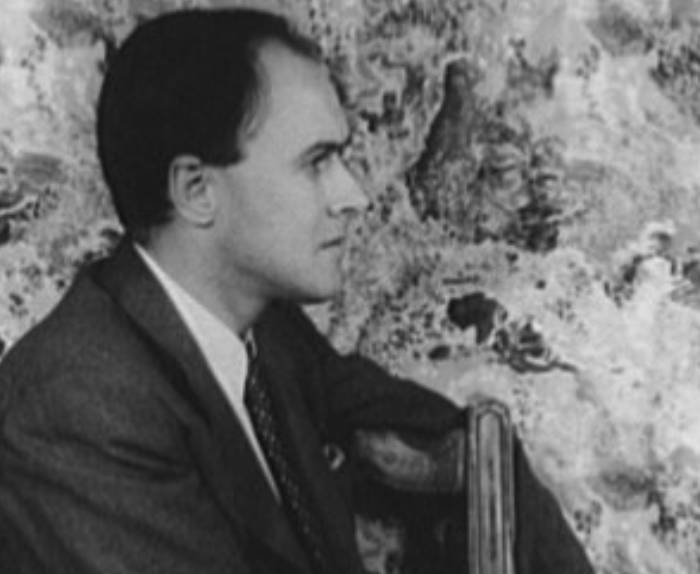 Carl Van Vechten, Wikimedia Commons
Carl Van Vechten, Wikimedia Commons

History's most fascinating stories and darkest secrets, delivered to your inbox daily.
22. He Became Bored
Traveling again across the Atlantic Ocean, Roald arrived in the US to extreme culture shock. The sheer excess in the everyday American life was a welcome change from Britain’s struggles, and his post as assistant air attaché in Washington was pleasant—at first. Soon enough, he felt his job was insignificant compared to those fighting on the front lines.
Suddenly, things became much more interesting.
23. He Met A Writer
One good thing came from Roald’s job in America, as he soon made a friend that would prove integral to his literary beginnings. C S Forester was a British author who, like Roald, was charged with getting Americans on board with aiding the Allies in WWII. As it happened, he required Roald’s most valuable resource—experience.
24. He Wrote His Own Stories
As a propaganda effort, a magazine tasked C S Forester with compiling Roald’s record as a pilot into a cohesive narrative. After asking Roald to jot down some of his experiences, the young pilot left Forester shocked. He found that the writing required no refining. In fact, Forester had wanted to publish the stories as they were, but the magazine changed a few things anyway.
Throughout this period, Roald continued to meet more significant figures.
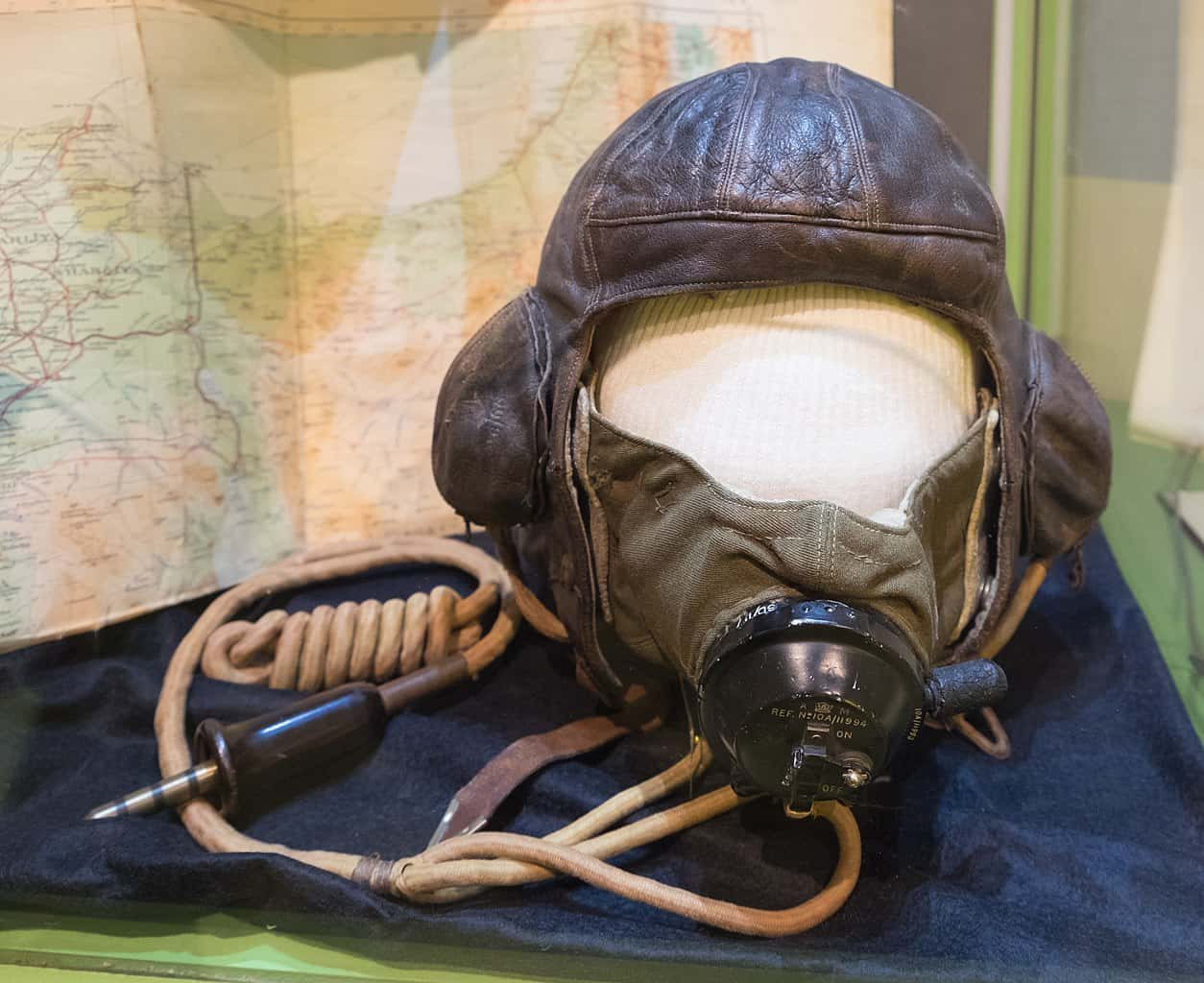 DeFacto, CC BY-SA 4.0, Wikimedia Commons
DeFacto, CC BY-SA 4.0, Wikimedia Commons
25. He Made Famous Connections
Forester wasn’t the last famous author Roald Dahl would meet, and while he continued his work in Washington, he crossed paths with some impressive contacts. One of the most influential to him was Ian Fleming, the British intelligence officer who created the James Bond novels, and would introduce Roald to his next path in life.
Like this new friend, Roald also started serving in hidden ways.
26. He Became A Spy
After meeting Ian Fleming, Roald Dahl discovered how he could better serve his country while still in Washington. Similarly, Roald acted as a liaison for Winston Churchill, bridging the gap between the Prime Minister and President Franklin D Roosevelt. He also relayed information to MI6, working directly with famed spymaster William Stephenson.
Around this time, he passed another milestone in his writing.
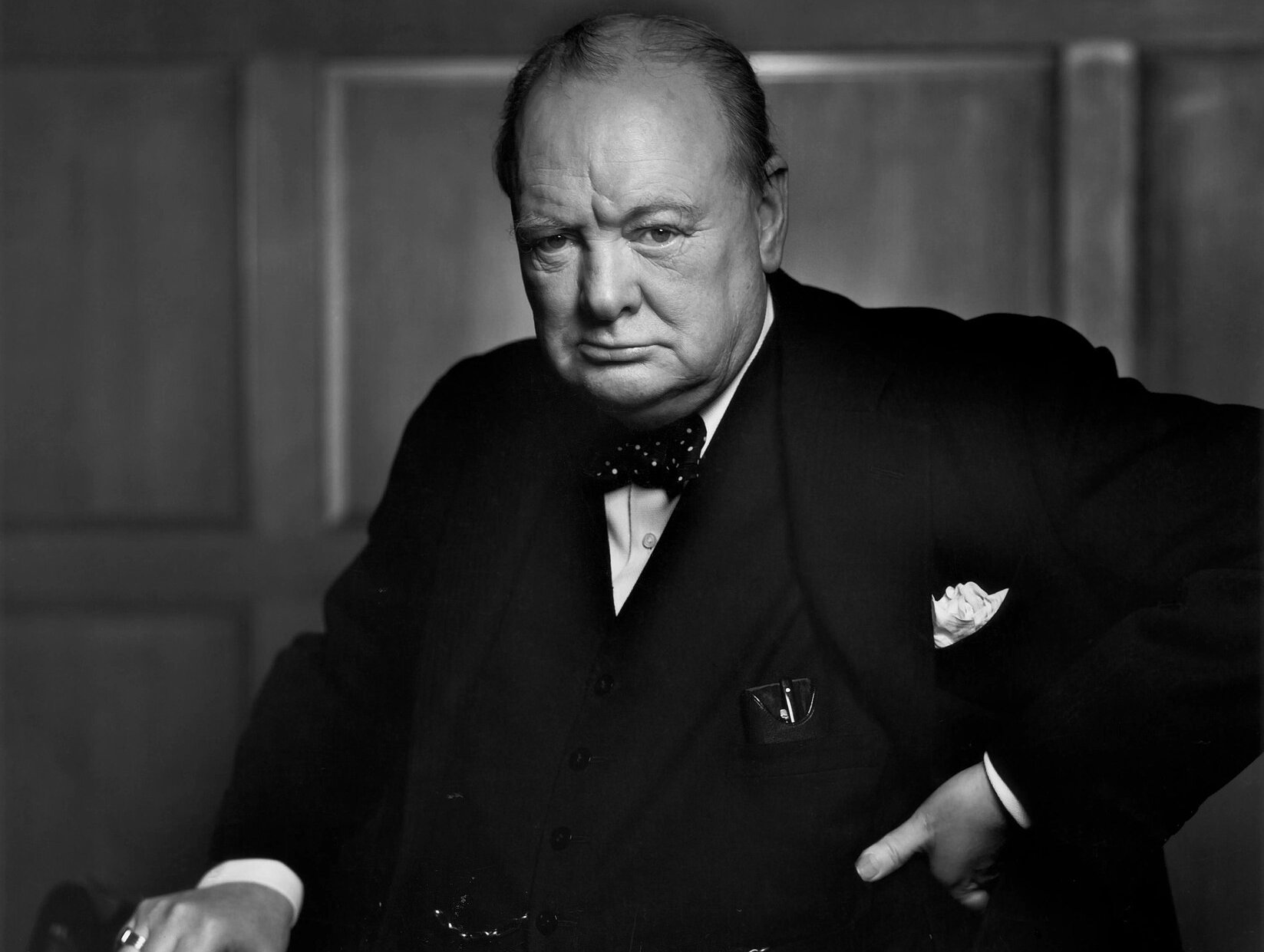 Yousuf Karsh, Wikimedia Commons
Yousuf Karsh, Wikimedia Commons
27. He Wrote A Children’s Book
In 1943, Roald’s RAF experiences inspired his first children’s book, The Gremlins. The story came from a common urban legend among pilots that every problem with their planes was due to the pranks of gremlins. Specifically, it followed one pilot as he teamed up with the creatures against the Germans, and strangely, Roald hadn’t intended it as a children’s book.
Thankfully, the fighting would soon be over.
 Rob Bogaerts, Wikimedia Commons
Rob Bogaerts, Wikimedia Commons

History's most fascinating stories and darkest secrets, delivered to your inbox daily.
28. He Survived The Service
By the end of WWII, Roald had accumulated an impressive record despite his egregious injuries. While the true number may have been higher, the RAF credited him with five aerial victories and dubbed him a “flying ace”. At the time of his final discharge from the air force, he had achieved the rank of squadron leader.
Following this, he continued writing, but not in the way that some may expect.
29. He Wrote Other Projects
Roald Dahl continued writing stories, however, they weren’t the children’s novels his name would become synonymous with. Starting with his first collection published in 1946—Over to You: Ten Stories of Flyers and Flying—he wrote many short stories aimed at adult readers, ranging from dark and reflective to eerily foreboding in this day and age.
After several years, Roald met someone special.
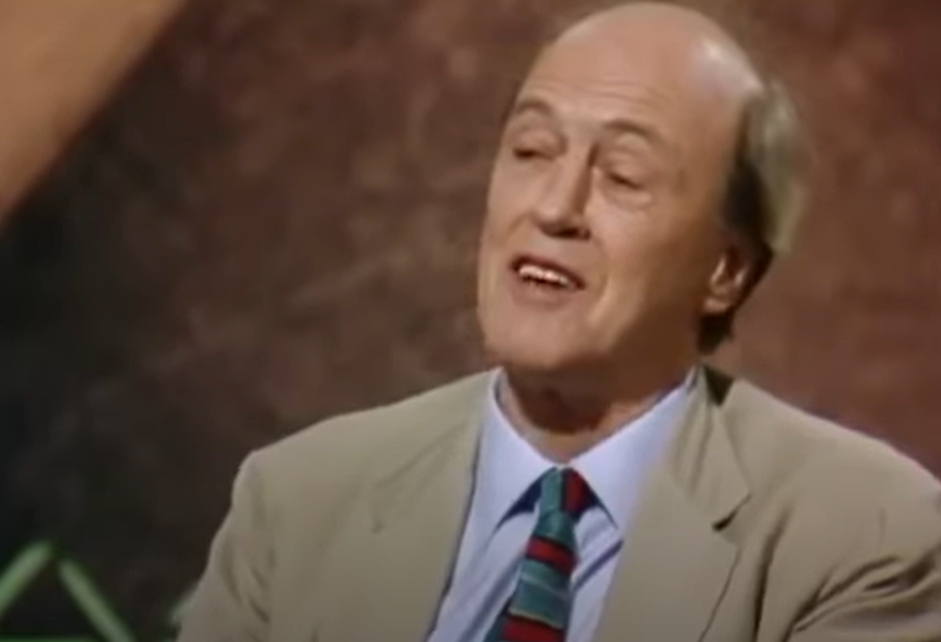 BBC, The Marvellous World of Roald Dahl (2016)
BBC, The Marvellous World of Roald Dahl (2016)
30. He Found Someone
Nearly a decade after WWII’s conclusion, Roald Dahl met a woman who would change his life forever. While attending a New York dinner party in 1952, he hit it off with actress Patricia Neal, and the two began a courtship resulting in their marriage a year later. Over the following decade, they would welcome five children, with the last born in 1965.
This led to an essential factor in his creative success.
31. He Created Fairytales
Roald’s imagination and passion for storytelling didn’t end once he started his family, and in fact, he seemed to gain a new resource for his writing. He made up marvelous bedtime stories for his children that would later become some of his most famous works. Lucky for him, his children served as creative catalysts and surprisingly unbiased critics.
Sadly, more hardships were on the horizon.
32. His Son Was Hurt
On December 5, 1960, Roald’s third child and only son was involved in a horrible incident which resulted in a grievous condition. At four months old, Theo Dahl was the victim of a vehicle collision when a taxi hit his baby carriage. While he survived, the consequences were heartbreaking. He developed hydrocephalus, a condition of fluid build-up in the brain.
Roald wasn’t content with doing nothing.
33. He Was Inspired
One of Roald’s earliest philanthropic works came from his son’s severe ailment. With engineer Stanley Wade and neurosurgeon Kenneth Till, Roald developed a cerebral shunt since the common model at the time was often defective. Although Theo healed in time to never need it, the Wade-Dahl-Till valve helped thousands of children, and the three never took any profits.
Finally, he began doing what he would be most renowned for.
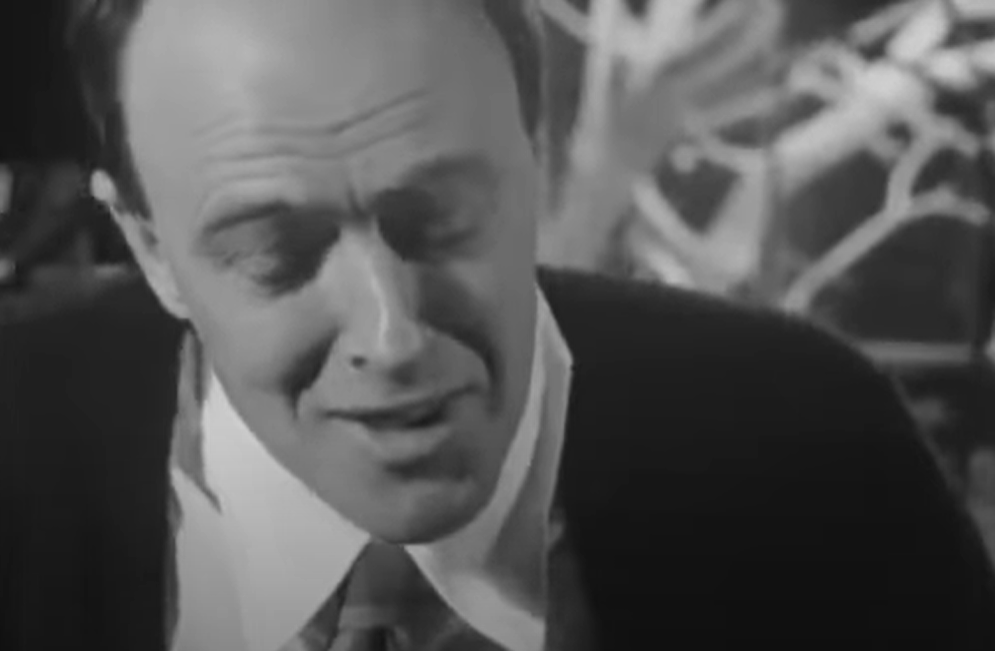 BBC, The Marvellous World of Roald Dahl (2016)
BBC, The Marvellous World of Roald Dahl (2016)

History's most fascinating stories and darkest secrets, delivered to your inbox daily.
34. He Started His New Career
While Roald had written The Gremlins earlier, he didn’t mean for it to be a children’s story, and didn’t publish his first intended children’s novel until 1961’s James and the Giant Peach. It was met with resounding praise from readers and critics, and followed a boy who escapes his miserable childhood alongside a group of insect characters in an enormous peach.
Unfortunately, a loss beyond measure would soon follow.
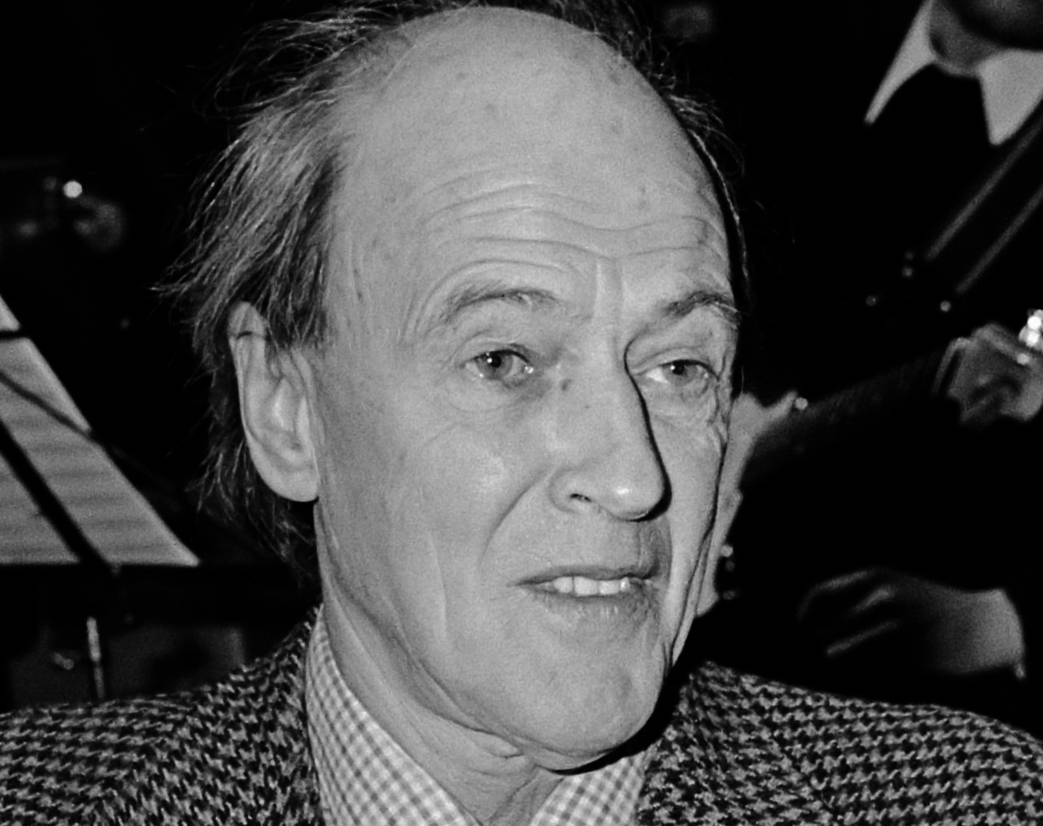 Hans van Dijk, CC BY-SA 3.0, Wikimedia Commons
Hans van Dijk, CC BY-SA 3.0, Wikimedia Commons
35. He Suffered A Tragedy
The year after he published his first intended children’s book, another of his children came down with a serious condition, but one that she wouldn’t survive. Contracting measles encephalitis, Olivia Dahl tragically passed at seven years old, devastating her parents. The loss caused Roald to lose his faith, but also become an advocate for immunization.
Still, a few years later, he continued his work.
36. Charlie And The Chocolate Factory
In 1964, Roald put out his second children’s novel, which became the most commonly credited book to his name. Charlie and the Chocolate Factory once again follows a boy down on his luck, until he wins a golden ticket to tour the whimsical and mysterious Willy Wonka’s chocolate factory. Like his previous book, it received widespread acclaim.
Life hadn’t finished dealing out trials to Roald’s family, though.
37. He Nursed Her
Another challenge arrived in 1965, while Patricia was pregnant with their youngest child. Enduring three burst cerebral aneurysms, Patricia fell into a three-week coma, after which she woke up unable to walk or talk. Roald Dahl spent the next several months rehabilitating her, and she was eventually able to take up acting again.
Sadly, his devotion went only so far.
38. He Met Someone Else
In the early 1970s, Roald encountered someone for whom he was willing to throw almost 20 years of marriage away. Felicity d'Abreu Crosland was a set designer working with Patricia on a commercial for Maxim coffee, at which point she met Roald. The two became smitten and began secretly courting each other—but that’s not the most shocking part.
Their affair went on for a whopping 11 years. And this was only the beginning of his less favorable choices.
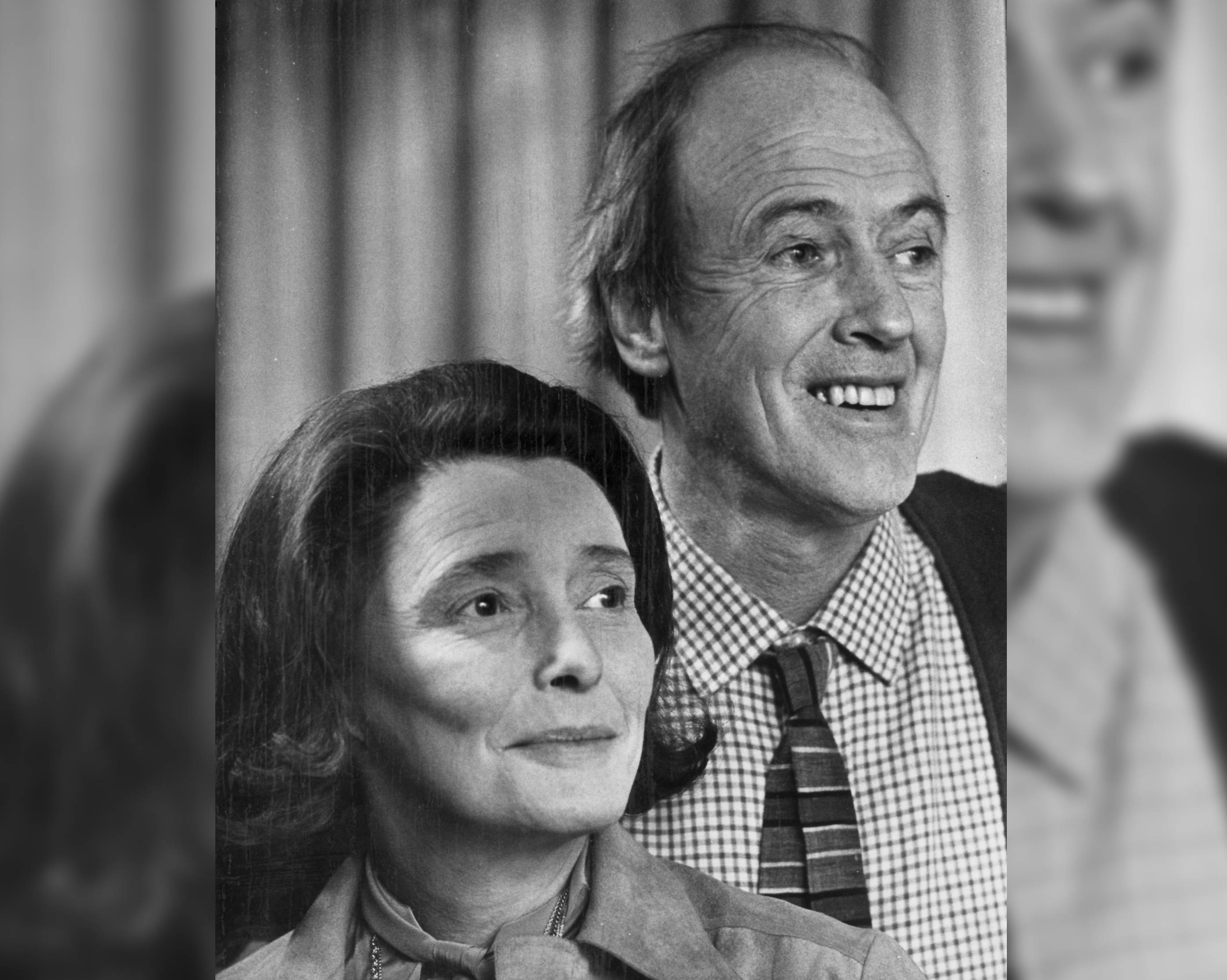 Star Tribune via Getty Images, Getty Images
Star Tribune via Getty Images, Getty Images
39. He Was Very Vocal
Unfortunately, as the 1980s came around, some of Roald’s more problematic opinions began to develop. After responding to a 1983 book which criticized Israel’s invasion of Lebanon, Roald occasionally invoked anti-Semitic language while discussing his views, and he made several statements which echoed some of the more common stereotypes and prejudices at the time.
However, some believe he didn’t truly mean all of it.
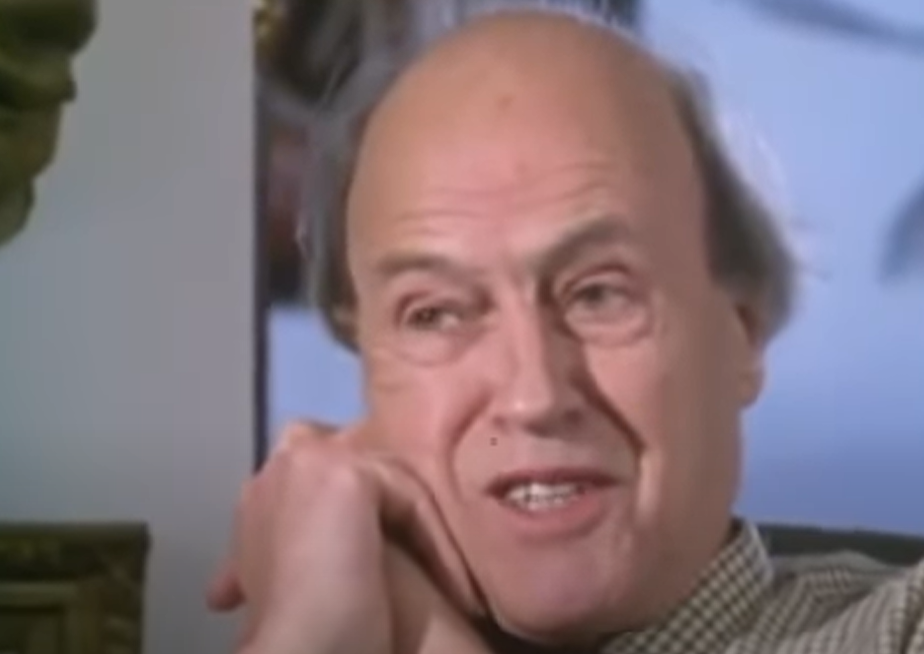 BBC, The Marvellous World of Roald Dahl (2016)
BBC, The Marvellous World of Roald Dahl (2016)

History's most fascinating stories and darkest secrets, delivered to your inbox daily.
40. He Was Changeable
Others would speak on Roald’s antisemitism, reasoning that he was ignorant of the ramifications. Jewish philosopher and friend of Roald’s, Isaiah Berlin, described the author’s unpredictability and how often he changed his views. The director of the Roald Dahl Museum, Amelia Foster, similarly said how Roald “refused to take anything seriously, even himself”.
Just as his public image grew more controversial, his marriage was on the rocks.
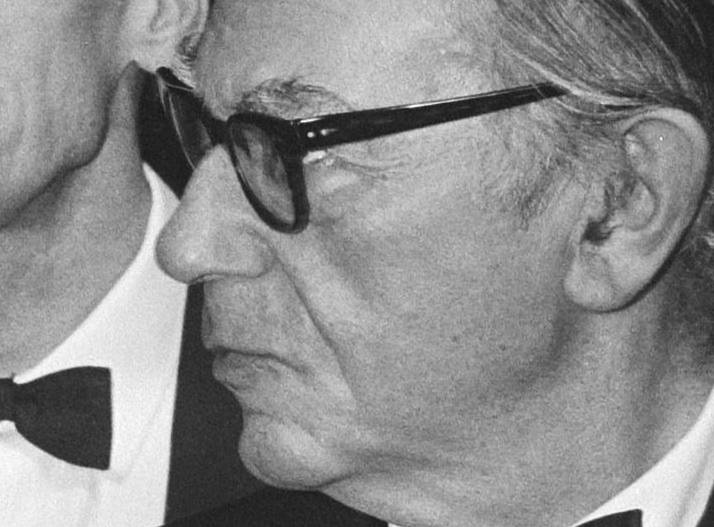 Rob C. Croes, Wikimedia Commons
Rob C. Croes, Wikimedia Commons
41. They Split Up
After over a decade of his infidelity, the marriage of Roald Dahl and Patricia Neal couldn’t hold together any longer. The two divorced in 1983, and since they had been living in England, Patricia moved back to the US. Roald didn’t appear to take it too hard, as he married his long-time mistress Felicity that same year.
Amid this turmoil, he kept on writing.
42. The Witches
Continuing his literary theme of children fighting evil adults, Roald Dahl published The Witches in 1983. It follows a boy and his grandmother who must defeat a convention of witches before they succeed in destroying all the children in England. As another classic, it’s included in the BBC’s 100 most influential novels, and their 100 greatest children's books of all time.
This wasn’t his last classic, though.
43. Matilda
As the book that arguably drew the most inspiration from Roald’s troubled youth, Matilda was published in 1988 and serves as the last of his major titles. It tells the story of a girl who deals with cruel adults at home and school but uses her intelligence and mysterious powers to defy them all.
Even in his later years, Roald remained philanthropic.
44. He Continued His Charity Work
Shortly before his passing, Roald Dahl participated in what would end up as his final major contribution to a medical charity. Corresponding with the UN’s first International Literacy Year in 1990, Roald devoted his time and efforts to helping the British Dyslexia Association's Awareness Campaign.
Of course, this was one of his last great acts.
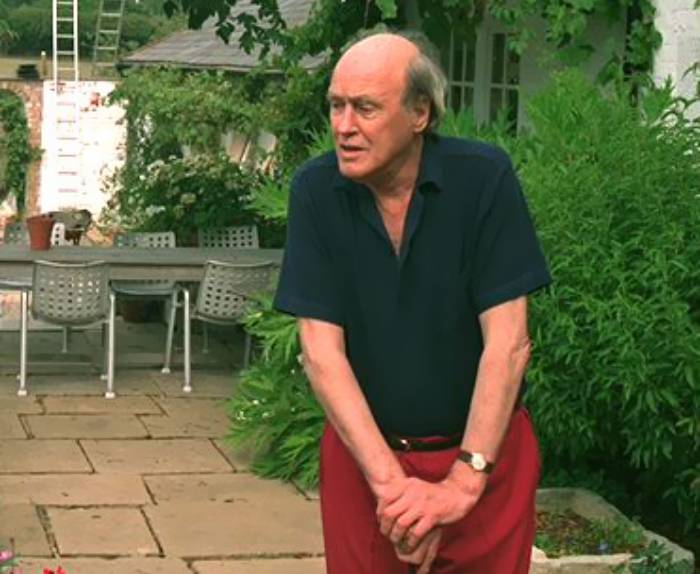 Jürgen Wieshoff, CC BY-SA 4.0, Wikimedia Commons
Jürgen Wieshoff, CC BY-SA 4.0, Wikimedia Commons
45. His Story Finished
Having reached the age of 74, Roald developed myelodysplastic syndrome, which was a rare but serious blood cancer. While in Oxford, he tragically succumbed to his illness on November 23, 1990, having published a total of 17 children’s books. Honoring his impact, Roald’s children had a special funeral for him.

History's most fascinating stories and darkest secrets, delivered to your inbox daily.
46. They Buried Him
After his passing, Roald’s family buried him at the Church of St Peter and St Paul’s cemetery in Buckinghamshire, England. Like he was in life, his funeral had an endearing eccentricity, and his family buried him with several sentimental items such as HB pencils, a bottle of burgundy, snooker cues, and even a power saw.
Although they adored their father, Roald’s children weren’t blind to the effect of his words.
 David Hillas, CC BY-SA 2.0, Wikimedia Commons
David Hillas, CC BY-SA 2.0, Wikimedia Commons
47. They Took Responsibility
Roald Dahl may have been a creative genius whose impact on literature remains greatly appreciated today, but he also had quite harmful views, which his family isn’t ignorant of. Releasing a statement on the author’s official website in 2020, his family apologized for Roald’s anti-Semitic statements and emphasized the significance of words.
Even so, others had previously found more problems in his work.
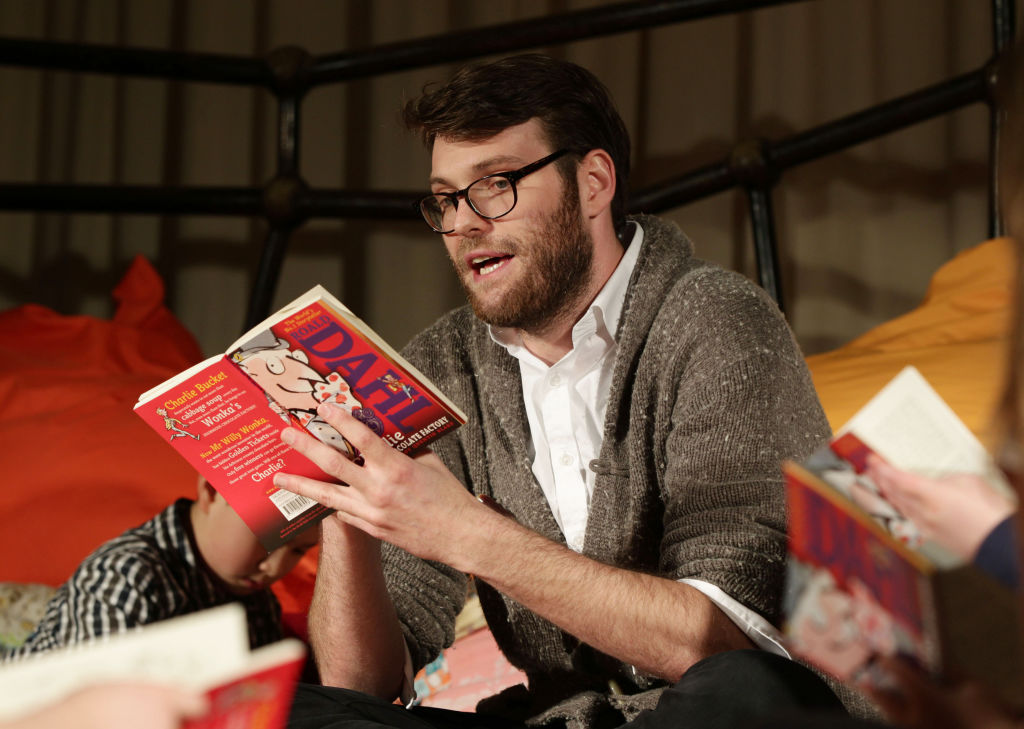 Yui Mok - PA Images, Getty Images
Yui Mok - PA Images, Getty Images
48. He Received Scrutiny
Even before he started expressing his more anti-Semitic views, some took offence to his works for other reasons. In the 1970s, author Eleanor Cameron criticized several of his books for featuring harmful stereotypes. For instance, she condemned Charlie and the Chocolate Factory, as the Oompa-Loompas stemmed from negative African stereotypes.
It didn’t stop there, however.
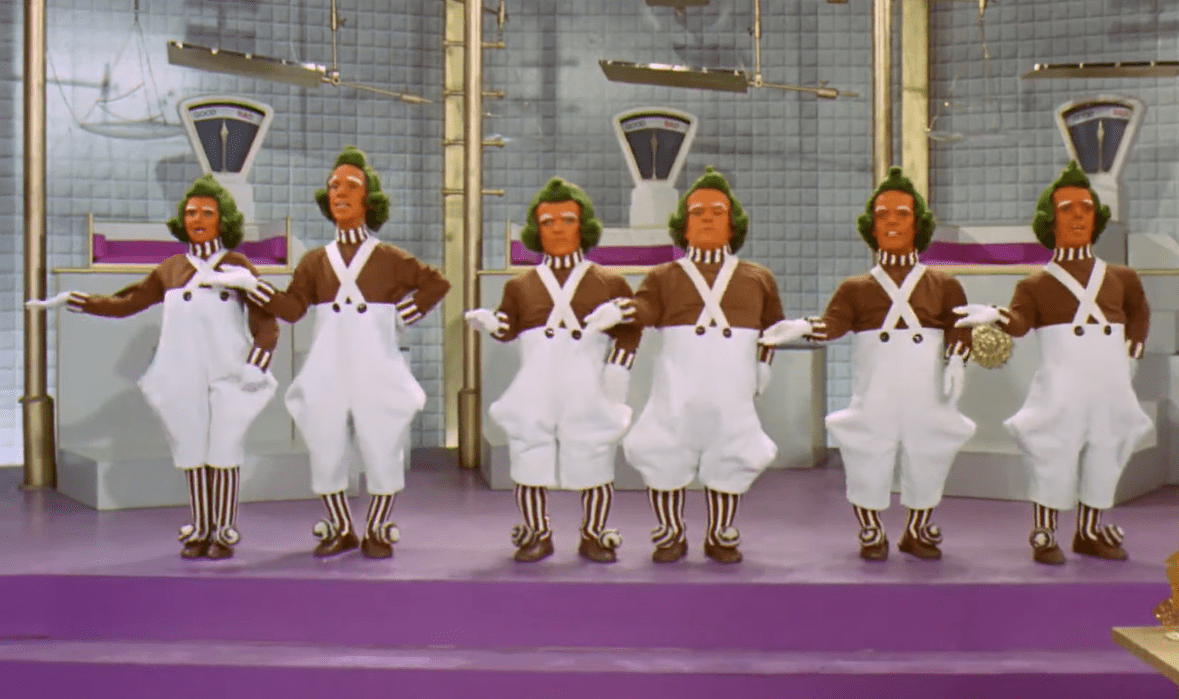 Paramount, Willy Wonka and the Chocolate Factory (1971)
Paramount, Willy Wonka and the Chocolate Factory (1971)
49. They Tried Changing His Work
Recent years have seen attempts to edit Roald’s stories, as in 2023, they underwent scores of revisions from Puffin Books to remove what sensitivity readers deemed problematic. While some supported this, the company received a much larger backlash resulting in them re-releasing the unaltered versions under the “Classic Collection” label.
Despite all this, there was no denying Roald’s influence on the world.
50. His Legacy Endured
Although there have naturally been complaints about Roald’s views in life and the sometimes problematic nature of his writing, his impact on literature remains unchanged. Considered "one of the greatest storytellers for children,” he is a contender for the most beloved author in Britain, and is also one of the best-selling fiction authors in the world with over 300 million books sold.
51. He Preferred The Books
Roald Dahl was deeply dissatisfied by the movie adaptations made of his books, at least up to the 1980s. He disliked The Witches, finding fault in the changed ending and Anjelica Huston’s performance as the Grand High Witch. He was also disappointed with Gene Wilder’s performance as Willie Wonka, declaring him to have been too “bland.” Ouch…
You Might Also Like
Surreal Facts About Dr. Seuss, The Legend Of Children’s Lit
Surprisingly Dark Facts About Our Childhood Heroes


